Moonstruck Videos
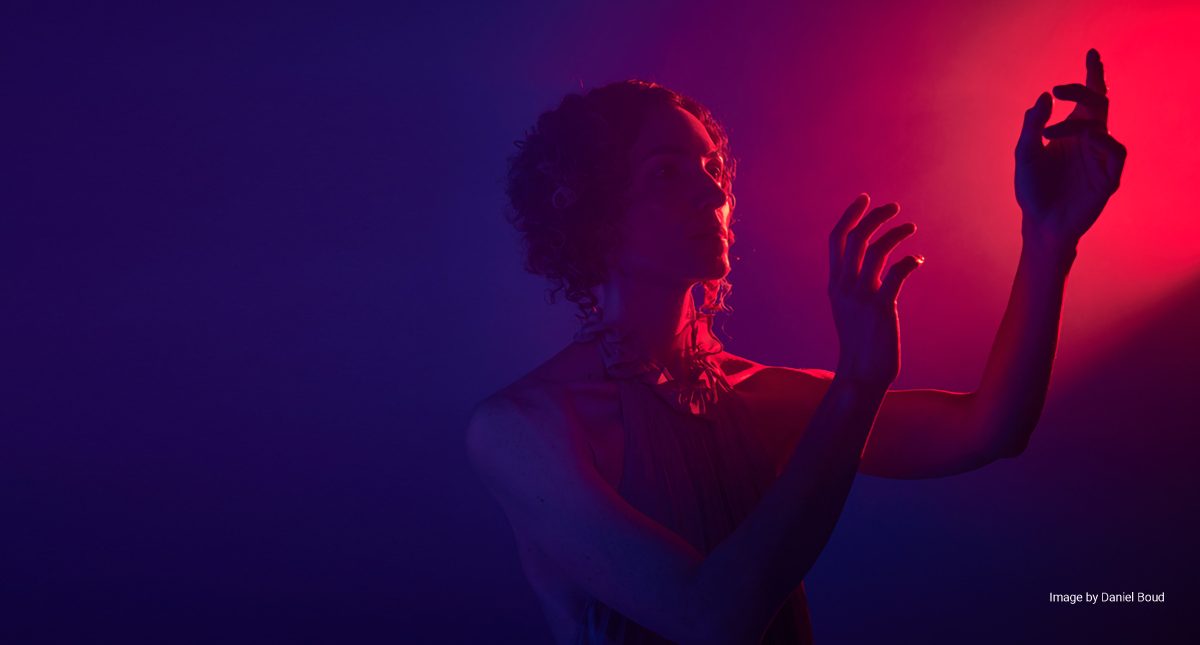

Watch SCO Artistic Director Jack Symonds discuss the program with Ensemble Offspring Artistic Director Claire Edwardes.

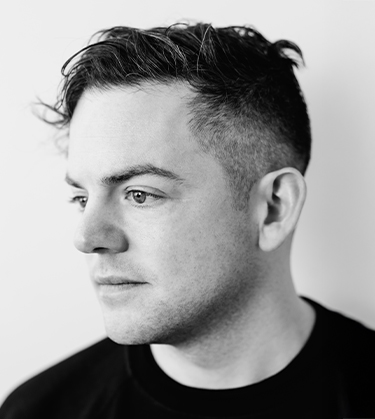
Nico Muhly (b. 1981) has composed music for the Metropolitan Opera (Two Boys, 2011, and Marnie, 2018), for the New York, Los Angeles and Berlin Philharmonics and the San Francisco Symphony (where he was creative partner), and for stage, film (including The Reader, 2008), and television dramas (including Pachinko, 2022-2024).
His works have been performed by the choirs of Westminster Abbey, King’s College Cambridge, and Sidney Sussex College Cambridge, where he is composer-in-residence, and the Tallis Scholars. He has collaborated with musical artists Anohni, Björk, James Blake, The National, Paul Simon, and Sufjan Stevens, choreographers Kyle Abraham, Benjamin Millepied, Mark Morris, and Justin Peck, and visual artists Maira Kalman, Yu Hong, and Oliver Beer.
He has written vocal works for Anthony Roth Costanzo and Renée Fleming, as well as concerti for violist Nadia Sirota, organist James McVinnie, violinist Renaud Capuçon, trumpeter Tine Thing Helseth, and pianists Katia & Marielle Labèque. His large-scale instrumental solo works include The Street for harpist Parker Ramsay, with text by Alice Goodman, and The Bell Études for pianist Conor Hanick. He has released recordings on Decca and Nonesuch, and as a founding member of the artist-run Bedroom Community label.
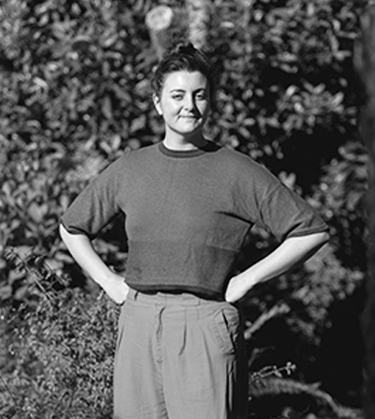
Laura Lethlean an Australian playwright. Her award-winning plays have been programmed at theatres and festivals across Australia and New Zealand.
Laura’s play, Two Hearts, was published by Australian Plays Transform and produced in Sydney (Kings Cross Theatre, 2018), Melbourne (One Act Play Festival, 2019) and then back in Sydney (Flight Path Theatre, 2025).
Laura’s other produced plays include Plastic Pacific (the Substation, 2013), The Space Between the Fuel and The Fire (NIDA, 2016), Fading (Canberra Theatre Centre/CYT, 2018), The Three Graces (Theatre Works 2019), and Pillow Fight (Gasworks, 2022). Pillow Fight won the Tour Ready award at the Melbourne Fringe Festival, which took the production to New Zealand Fringe and Castlemaine Arts Festival in 2023. Laura’s commissions include Honey for The National Drama School, Aphrodite for Sydney Chamber Opera, and The Cockatoo the Victorian Seniors Festival.
Laura trained at NIDA, receiving a Master of Fine Arts in Writing for Performance in 2015. Laura is an alumnus of ATYPs Fresh Ink, The National Studio, and TheatreWorks’ She Writes programs. Through programs such as these, Laura has benefited from the mentorship of pioneering Australian playwrights such as Patricia Cornelius, Angus Cerini, and Robyn Archer (AO).
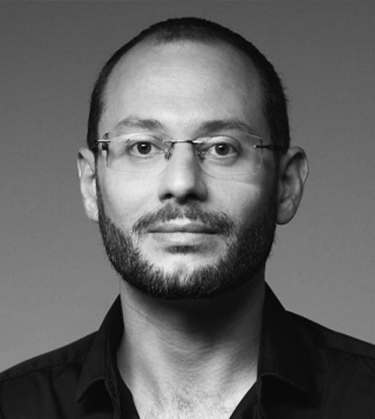
Jack Symonds is a composer, conductor and pianist, and Artistic Director of Sydney Chamber Opera. He studied composition at the Royal College of Music, London under Kenneth Hesketh and at the Sydney Conservatorium of Music where he received the University Medal. His stage works represent “a striking and impressive new operatic voice” (Sydney Morning Herald) and he is “one of those performers who seemingly can play anything” (Australian Book Review).
He specialises in the performance of new music, including conducting and playing major stage works by Britten, Benjamin, Janáček, Dusapin, Kurtág, Saariaho, Maxwell Davies, Kancheli, Rihm and has given world premieres of operas by Gyger, Finsterer, Smetanin, & Ricketson.
His recent performances have shown “masterly musicianship, projecting an engrossingly cogent understanding of complexities and expressive purpose” (SMH), the ability to “draw an emotional throughline so clear that every unexpected melodic or dynamic turn feels comfortable and logical” (Timeout), and is “impressive as ever at the piano, creating a vital palette of carefully gradated tone colours.” (Backtrack).
He has performed in and made work for the Holland, Tokyo, Sydney, Melbourne & Adelaide Festivals, Opera Australia, Dark MOFO, Sydney Opera House, Biennale of Sydney, Carriageworks, Melbourne Recital Centre, National Gallery of Australia, among many others.
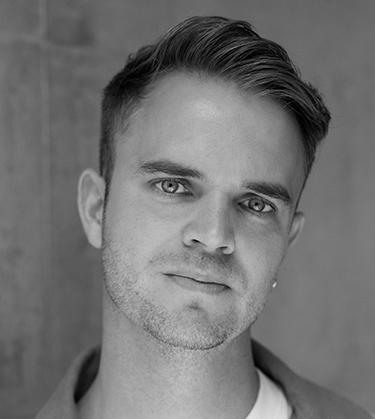
Alexander Berlage is a multi-award-winning director and lighting designer.
Alexander’s acclaimed production of A STREETCAR NAMED DESIRE won 4 Sydney Theatre Awards including Best Independent Production and Best Direction of an Independent Production. His smash-hit, sold-out production of AMERICAN PSYCHO won 9 Sydney Theatre Awards including Best Direction of a Musical and Best Production of a Musical.
Alexander’s production of CRY-BABY sold out and won 4 Sydney Theatre Awards including Best Direction of a Musical and Best Production of a Musical. He has twice won the Sydney Theatre Award for Best Lighting Design of an Independent Production – for his work on AMERICAN PSYCHO and on 4:48 PSYCHOSIS.
Directing credits include WOMEN ON THE VERGE OF A NERVOUS BREAKDOWN YOUNG (with Pinwheel Productions), FRANKENSTEIN, AMERICAN PSYCHO, CRY-BABY (at Hayes Theatre Co); LET THE RIGHT ONE IN (Darlinghurst Theatre Co.); for FUTURE REMAINS (with Sydney Festival), EARTH.VOICE.BODY, RESONANT BODIES (Sydney Chamber Opera); GLORIA (Outhouse Theatre Co); for A STREETCAR NAMED DESIRE, HAND TO GOD (Red Line Productions).
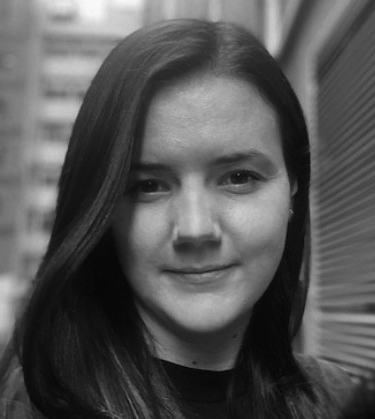
Isabel Hudson is an award-winning set and costume designer. Isabel holds a Bachelor of Design from NIDA and a Bachelor of Arts from the University of New South Wales. She is a lecturer at NIDA.
Selected credits include – A FOOL IN LOVE, CONSTELLATIONS, HUBRIS AND HUMILIATION (Sydney Theatre Company) – TORCH THE PLACE set (Melbourne Theatre Company) – MASTER CLASS (Ensemble Theatre) – NUCLEUS, JAILBABY (Griffin Theatre Company) – BLESSED UNION, WINYANBOGA YURRINGA (Belvoir) – DEAR EVAN HANSEN (Michael Cassel Group) – YOUNG FRANKENSTEIN set, AMERICAN PSYCHO set (Hayes Theatre Co) – THE MOUSETRAP costume (Crossroads Live).
For Global Creatures, Isabel is associate set designer for MOULIN ROUGE Australia, Korea, and Japan; for Opera Australia, assistant designer for MERRY WIDOW and MY FAIR LADY – and for Sydney Theatre Company, associate designer on FUN HOME directed by Dean Bryant. Isabel has won four Sydney Theatre Awards for her outstanding designs – best set design for CONSTELLATIONS, AMERICAN PSYCHO, and CRY-BABY, and best costume design for HUBRIS AND HUMILIATION. She also won an APDG award for best set design for AMERICAN PSYCHO.
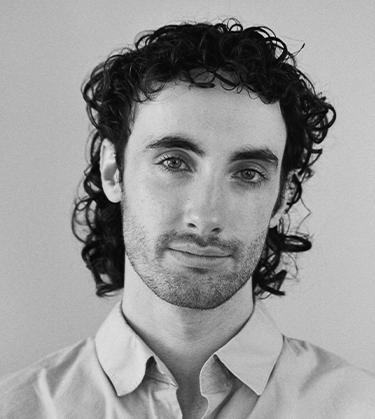
Morgan Moroney is a lighting and video designer working across theatre, opera, dance and installation. Growing up on Kaurna land, he currently lives and works primarily on Gadigal land. He brings a distinct multidisciplinary approach to his practice, with a particular fascination for integrated-media live performance.
Recent work: AUGUST: OSAGE COUNTY (Belvoir & Black Swan), SONG OF FIRST DESIRE, NAYIKA: A DANCING GIRL (Belvoir), DIDO & AENEAS (Pinchgut), QUEEN’S NANNY, SUDDENLY LAST SUMMER, CLYDE’S (Ensemble), BARBER OF SEVILLE (Opera Australia) TURN OF THE SCREW (Hayes), SHITTY (Belvoir 25A), CLEANSED (Redline), INFERNO (Australian Brandenburg Orchestra), ANATOMY OF A SUICIDE (Sugary Rum), THE DRY and THE WET (Circa Cairns), SAPLINGS, SHACK (ATYP) and COLLAPSIBLE (essential workers), which he also co-directed.
Training: NIDA. Awards: 2020 APDG Emerging Designer for Live Performance (GHOSTS), 2023 Sydney Theatre Award in Best Independent Lighting Design, NIDA X Storytelling Futures Grant (COLLAPSIBLE), 2023 APDG Award in Lighting Design (CLEANSED), 2024 Michael Northen Award, administered by the Association for Lighting Production and Design in the UK.
Morgan’s assistant and associate designer work with Nick Schlieper includes DRACULA (Sydney Theatre Company), PHANTOM OF THE OPERA ON SYDNEY HARBOUR (Opera Australia). Morgan is one half of independent theatre contingent essential workers.
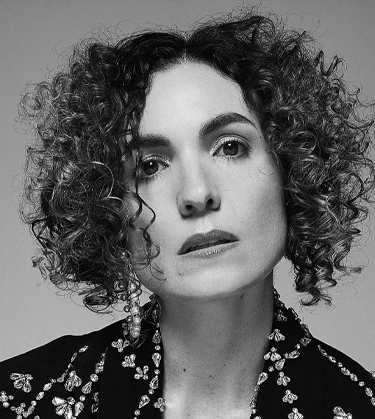
Jessica O’Donoghue is one of Australia’s most compelling vocalists and contemporary music makers, known for her magnetic stage presence, genre-defying artistry, and deep storytelling instincts. Classically trained (University of Sydney, VCA), she began her career as a Young Artist with Opera Queensland and London’s Royal Opera House before carving out a singular path across opera, experimental music, and beyond.
Jessica is Co-Artistic Director of The Song Company and a frequent principal artist with Sydney Chamber Opera. She collaborates closely with leading composers, premiering roles in works by Mary Finsterer (Antarctica/Biographica), Huw Belling (Fumeblind Oracle), Andree Greenwell (Three Marys), Peggy Polias (Commute) and Jack Symonds (Gilgamesh).
Celebrated for her “tour de force of dramatic range” (SMH), Jessica’s accolades include an APRA/AMCOS Art Music Award for ‘Performance of the Year’, an AIM Fellowship, and finalist for the 2024 AWMA Opera Australia Impact Award. She also releases acclaimed solo albums blending classical, pop, and experimental styles. Rise Up (2022), a striking fusion of classical, pop, and experimental sound worlds, was a finalist for Album of the Year at the international ProgSpace Awards.
Jessica is completing a PhD in composition at Sydney Conservatorium of Music under supervisors Liza Lim and Paul Stanhope. Her first opera, Menarche, premiered in 2024, followed by Running Man for 2026/2027.
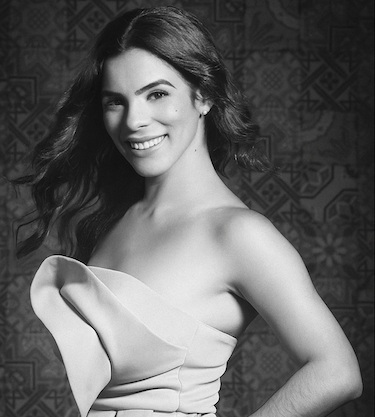
Meechot Marrero, soprano, has been hailed as “a revelation…a young Puerto Rican star with a great career ahead” (El Nuevo Día). She is a frequent guest at Deutsche Oper Berlin, where her repertoire includes Gretel (Hänsel und Gretel), Frasquita (Carmen), and The Vixen (The Cunning Little Vixen).
In 2024–2025, she performs Carmina Burana with the Oakland and Grand Rapids symphonies, returns to Deutsche Oper Berlin, and makes her role debut as Nuria in Golijov’s Ainadamar at the Casals Festival. Other recent highlights include appearances with Opera San Antonio, the Royal Opera House Muscat, and multiple concerts under Sir Donald Runnicles.
Marrero made her debut as Cunegonde in Candide at Komische Oper Berlin and has also sung Maria in West Side Story, Adina in L’elisir d’Amore, Musetta in La Bohème, and Liù in Turandot across Europe and the U.S.
A native of Corozal, Puerto Rico, she is a graduate of the Puerto Rico Music Conservatory and Yale School of Music. She began her musical journey with the San Juan Children’s Choir and is a recipient of both the Schuyler Foundation’s Career Bridges Grant and the Phyllis Curtin Prize.
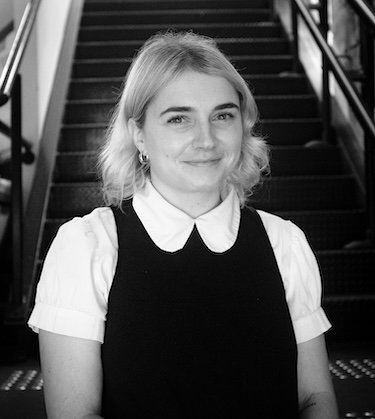
Zoë is a Director and Creative Producer who has worked across a range of organisations including Belvoir, Performance Space, Performing Lines, Perth Institute of Contemporary Arts and Black Swan State Theatre Company. She holds a Bachelor of Performing Arts from the Western Australian Academy of Performing Arts (WAAPA) and a Master of Fine Arts (Directing) from the National Institute of Dramatic Art (NIDA). Zoë runs essential workers, a Sydney-based Performance Making Group.
Selected works include – As Director – Pity (Belvoir), The Changelings (PACT), Shitty (Belvoir 25a) The Writer (NIDA), Collapsible (The Old Fitz), Antigonick (NIDA), Cotton Wool Kid (STCWA). As Associate: I Watched Someone Die on Tik Tok (STCWA). As Producer – Amber (The Old Fitz), The Comprehensive A-Z of Missing Persons Australia (WAYTCo), Never Closer (Belvoir), Horses (Belvoir 25a), All His Beloved Children (KXT), Trash Pop Butterflies Dance Dance Paradise (MKA), Slutdrop (PICA). Awards – NIDA X Storytelling Futures Grant, 2024 recipient of The Glorias Fellowship, completing an attachment with The Wooster Group (NYC) under the mentorship of Elizabeth LeCompte.
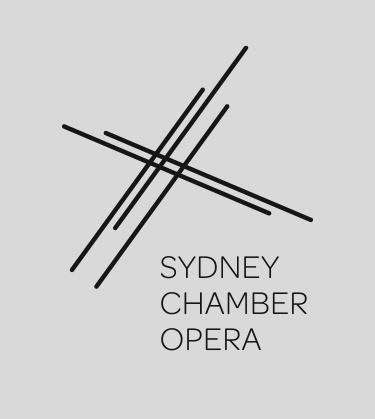
Resident company at Carriageworks, Sydney Chamber Opera, is a fresh and youthful answer to some of the difficult questions facing today’s opera industry. As one of “Australia’s most innovative arts groups” (Sydney Morning Herald) we have “redefined operatic performance in Australia” (Australian Book Review) to show “an astonishing new vision of what contemporary Australian opera can achieve” (Time Out).
Louis Garrick and Jack Symonds established SCO in 2010 and it has rapidly developed into an important and distinctive voice in the Australian music and theatre landscapes. SCO is critically acclaimed for its innovative programming, musical rigour and strong focus on compelling theatre-making. SCO makes opera with a 21st century outlook that resonates with a new, younger audience, and that shows how vibrant and relevant the artform can be. Its program aims for a balance of specially commissioned work by leading homegrown composers, the latest international operas in their Australian premieres, song cycles and cantatas in unusual stagings, and canonical repertoire reinvigorated by the country’s most daring theatrical talent.
SCO has fostered a deep engagement with a wide range of artists across music, text, design, and theatre at the intersection of many cultural practices, and has a unique methodology where it approaches opera as chamber music – where each individual has equal responsibility for their part – a prerogative that it extends to all creatives.
SCO has given the world or Australian premieres of major stage works by Benjamin, Britten, Dusapin, Finsterer, Gyger, Kancheli, Kurtág, Ricketson, Romitelli, Saariaho, Smetanin, Styles & Symonds, and has also been presented by the Holland Festival, Tokyo Festival, Sydney Festival (eight times), Biennale of Sydney (twice), Melbourne Festival and Dark MOFO among others.
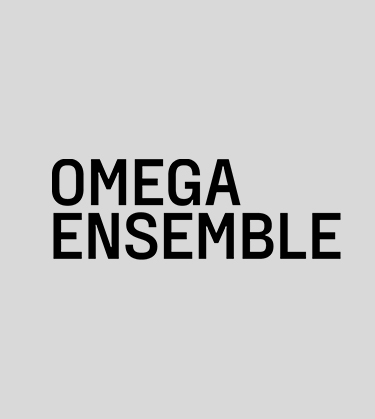
Hailed as ‘the best classical group in town’ (Sydney Morning Herald) and ‘Australia’s most exciting and forward-thinking ensemble’ (Limelight), Omega Ensemble is one of Australia’s most dynamic classical music groups.
The ensemble has received multiple accolades, including Performance of the Year (2023) and the National Luminary Award for Excellence (2024) at the APRA AMCOS Art Music Awards.
At the heart of its success is the musical talent it supports including collaborations with guest artists such as cellist Umberto Clerici, violinist Thomas Gould, didgeridoo virtuoso William Barton and clarinetist Michael Collins, as well as projects with Sydney Dance Company, Sydney Chamber Opera and Sydney Festival.
Omega Ensemble proudly stands at the forefront of new musical expression, commissioning and premiering works by leading composers including Nico Muhly, Holly Harrison, Dr Lou Bennett, Graeme Koehne, Caroline Shaw, Peter Gregson, Elena Kats-Chernin, Carl Vine, Brenda Gifford, Paul Stanhope and Ross Edwards.
Collaboration and musical storytelling also defines the ensemble’s important work off the stage, including its flagship CoLAB: Composer Accelerator Program and ongoing projects with young people across regional and greater metropolitan communities.
© 2020 Sydney Chamber Opera | Site designed & built by Anderson Chang
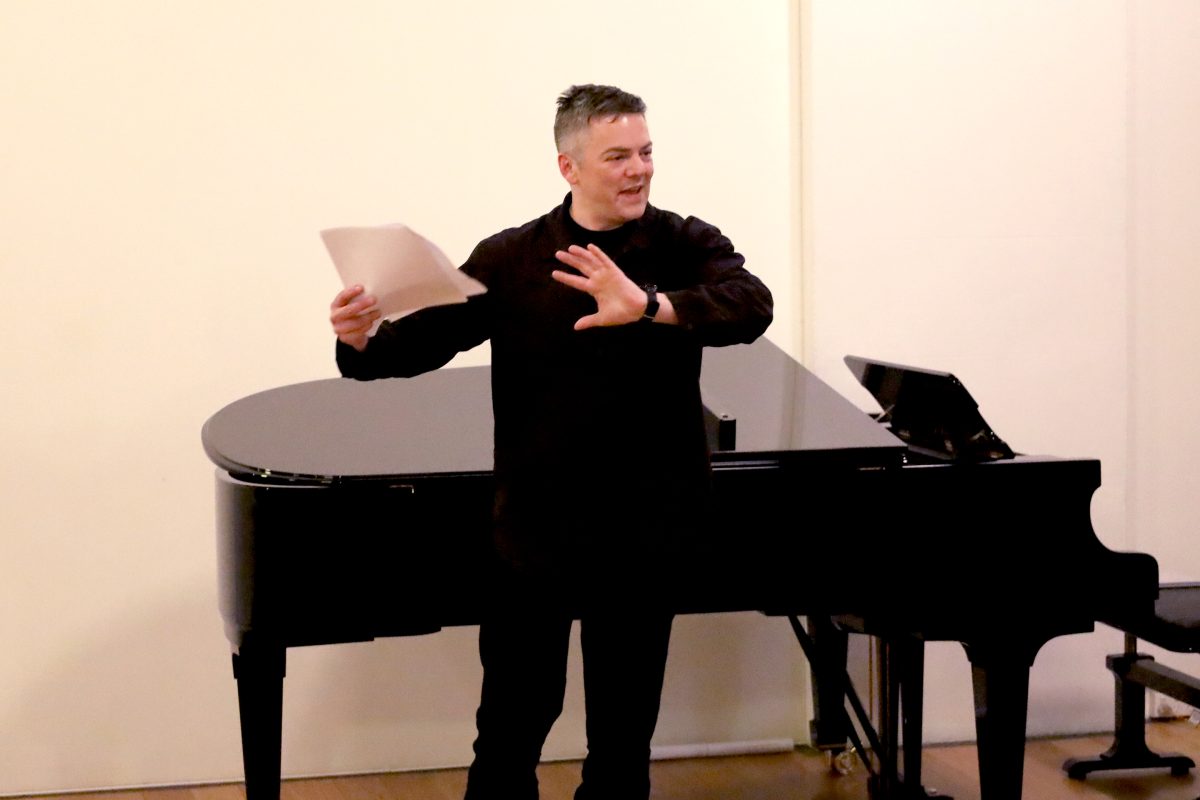
Aphrodite is your fourth opera. Your first opera, Two Boys, has been described as the “love-child of John Adams and [Benjamin] Britten”. Are there any composers or parts of the opera canon that have specifically inspired the music of Aphrodite?
My goodness, I feel like I hadn’t quite heard that description but I’m not entirely mad at it. In fact, I would argue that genetic material from Britten and Adams permeate much of Aphrodite as well. If I were doing a forensic analysis, I would say that you hear a fair amount of Sondheim, particularly in the last fifteen minutes, as well as other things that slipped in there unnoticed.
Opera is full of ‘takes’ on mythology. You have recently created an orchestration/realisation of Monteverdi’s l’Orfeo. What has engaging with Monteverdi’s work at so deep a level revealed to you about the possibilities for [re]creating myths through the medium of music drama?
Orchestrating l’Orfeo for modern instruments was, in some senses, attempting to reinforce Monteverdi’s brilliant music with colour; I never wanted to get in the way of his brilliant use of chromaticism or the pacing of the work, the subtly calibrated disposition of the dances and arias. Strangely, in the same 18 months or so, I saw Matthew Aucoin’s Eurydice and Gluck’s Orfeo ed Euridice; rather a surfeit of the same myth! The good news about Laura Lethlean’s libretto is that the actual “story” of Aphrodite is buried in it almost as a given; we breeze over her biography in favour of understanding the effect of the myth on a specific woman living in modern times. In this sense, I felt quite liberated (as, I trust, did Laura) to try to conjure specific mythological elements through highly stylised gestures (as we find in Stravinsky’s Oedipus rex), but instead through longer, more considered laments and arguments which Laura’s text suggested. In this sense, Purcell’s Dido & Æneas is a closer ancestor.
"With only two people on stage and seven in the pit, everybody has to pull their weight! Sometimes with grand opera there are almost too many tools in the toolbox and the orchestration process becomes a puzzle or a game of Jenga."
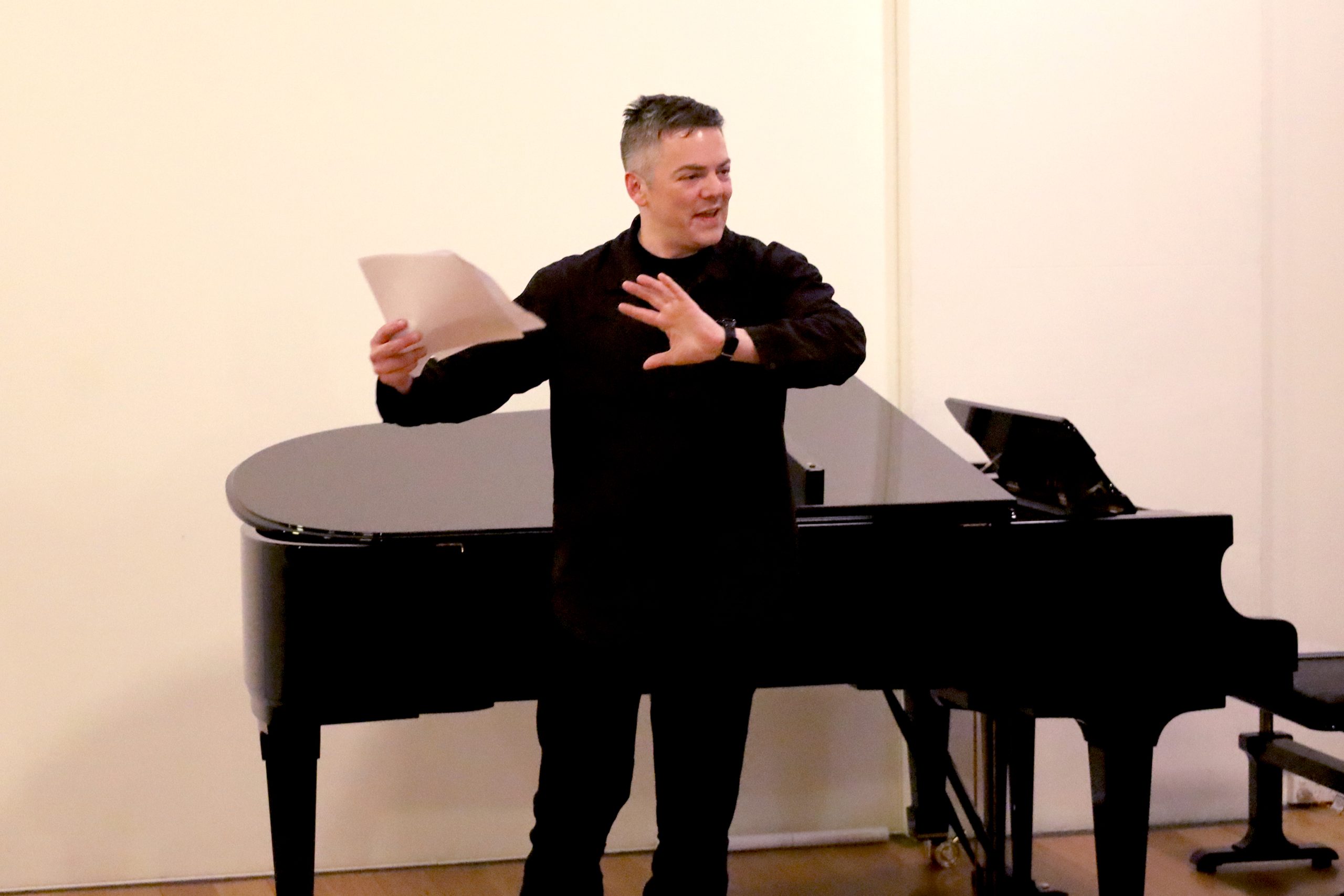
What are the challenges and gifts of writing a chamber opera vs. an opera for full orchestra, chorus and numerous soloists? How does the limitation of solo instrumental parts and voices influence the way you compose?
The instant I knew that Omega ensemble would be the pit band, as it were, I immediately knew exactly how the ensemble would function. They come in and out of focus; I’d argue that they perform a traditional accompagnando role about a quarter of the time, but in most cases, they “know” more about what’s happening on the stage than Jess O’Donoghue (playing Ava).
I tailored the part on Jess, but in some ways left her a minimum of interpretative clues (for instance, there are very sparse dynamics in her part), as I knew she, as a composer, curatrix, and producer, would and should bring a lot of her own instincts to the work. Meechot Marrero, a new collaborator for me, instantly stepped into the complicated and intense role of Aphrodite. With only two people on stage and seven in the pit, everybody has to pull their weight! Sometimes with grand opera there are almost too many tools in the toolbox and the orchestration process becomes a puzzle or a game of Jenga.
How do collaborations, such as with the Aphrodite librettist Laura Lethlean and director Alexander Berlage, shape the composition process? How can words and stage imagery influence abstract musical decisions?
This was an interesting process because Laura and Alexander and I only got together in a room one time. Having Alex intimately involved in the process from the jump meant that the dramaturgic language (both in terms of dramatic flow and the visual language) co-developed with the text and the music, which has its challenges but mainly enormous benefits. We all agreed on a loose structure of the libretto (a dozen or so sections and then Laura went away and started writing and I started sketching out gestures — no notes or rhythms but shapes. Then, when the text arrived — as is always the case — most of it set like a dream and it was obvious to me what to do. The real fun came with trying to recode Laura’s subtle and sly reversal of roles for the two characters in a way which was musically satisfying but also suggestive rather than prescriptive to Alex.
© 2020 Sydney Chamber Opera | Site designed & built by Anderson Chang
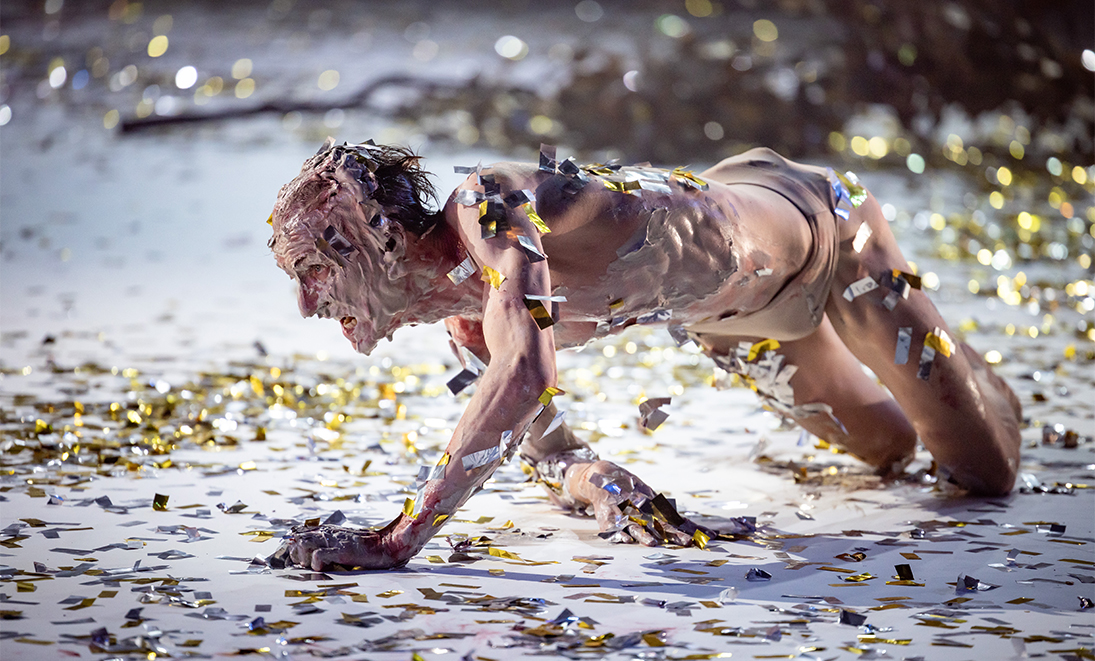
By Jack Symonds
The compositional journey to writing Gilgamesh as a full-length opera was a protracted one. At most points in the process the whole thing could have fallen over or spun off into another project, yet I was determined to shape this unruly narrative into an evening’s worth of music-drama using everything I had to give as a composer.
But how?
For a long time I was only familiar with the Epic of Gilgamesh itself through refraction and adaptation. At school, I read Michael Ondaatje’s novel In the Skin of a Lion, its very title referencing one of the most iconic Gilgamesh images: a humbled king roaming the desert in lion skins searching for the answers to life and death. It was the first time I’d heard of The Epic, yet I only knew enough of its basic premise to make sense of Ondaatje’s use of it as the novel’s title and epigraph.
Soon after, I heard Czech composer Bohuslav Martinů’s oratorio The Epic of Gilgamesh, which was much more my style. I have always loved the late music of Martinů and this piece is one of the largest and most ambitious in his final decade. Martinů is, however, very selective with what he includes in this hour-long work. It focuses almost exclusively on the characters of Gilgamesh and Enkidu with only the briefest mention of, or cameos for, any other sung characters. This is, however, a very valid way of adapting the Epic. It is such a discursive, sprawling narrative that zeroing in on this aspect suited well Martinů’s late-period combination of starkly hieratic post-Stravinsky Oedipus Rex choral writing with a highly refined post-Impressionist shimmer.
My interest was well and truly piqued however, by the extraordinary final song of French Spectral pioneer Gérard Grisey’s Quatre chants pour franchir le seuil. In Grisey’s last work before his untimely death in 1998, the ultimate song ‘for crossing the threshold’ is a setting of the Flood narrative from the Epic of Gilgamesh. It is a vision of an apocalyptic flood engulfing the entire earth before leaving ‘all of mankind returned to clay’. I found that image unbelievably powerful in Grisey’s profound and visionary setting, so it finally pushed me to become familiar with the Epic itself.
It was as far back as 2017 that Louis Garrick, my friend and colleague who began Sydney Chamber Opera with me, proposed that we write an opera together on the Epic of Gilgamesh with himself as librettist, me as composer. Thinking back now, there’s simply no way I could have even conceived of writing it at that stage in my life, but the idea wouldn’t leave me alone. Nothing happened for ages, but it was about three years later that musical ideas relating to the Epic began to form in my mind and I started to take the subject seriously as a composer, imagining music that could tackle vast distances, character arcs and themes. Even then, it was slow going, but I used no fewer than six separate composition commissions from different organisations throughout 2019- 2022 to get the material for the opera worked up in various forms. Without this preparation, there’s simply no way I could have started from bar 1 and finished at bar 2460 as a single act of creation.
I view the whole span of my composing life from 2019 until 2024 as the ‘Gilgamesh’ period, where every work, no matter how big or small contributed immeasurably to the opera.
The final movement of a flute concerto I wrote for Ensemble Offspring and its flautist Lamorna Nightingale between 2019 and 2020 was the first fully-realised and performed music that made the final cut of the opera. You’ll hear this at the beginning of the last scene as a depiction of Gilgamesh and the boatman Ur-Shanabi rowing across the Waters of Death to reach the immortal human Uta-Napishti. A slow, woozy melody in the bass flute is endlessly reflected in a pool of microtonal ripples, attempting to find an end to its searching. I was very pleased with this part of the flute concerto and knew that if the opera ever saw the light of day, it would have to be a feature. The harmonic implications from just a few of these ‘ripples’ are refracted back into the Prelude of the whole opera and form question marks that punctuate its narrative.
In fact, the Prelude holds the musical ‘potential’ of the whole opera – as Enkidu is created by the Gods out of clay, so too is the world of harmony and timbral associations which will eventually form the mysteries and revelations several hours later. Composing it, I came to realise that a whole Gilgamesh-specific musical grammar had to be made which could be capable of adapting, continuing, rejecting, renewing or reinventing the practices of almost half a millennium of operatic writing as needed by this extraordinary story…
I view the whole span of my composing life from 2019 until 2024 as the ‘Gilgamesh’ period, where every work, no matter how big or small contributed immeasurably to the opera.
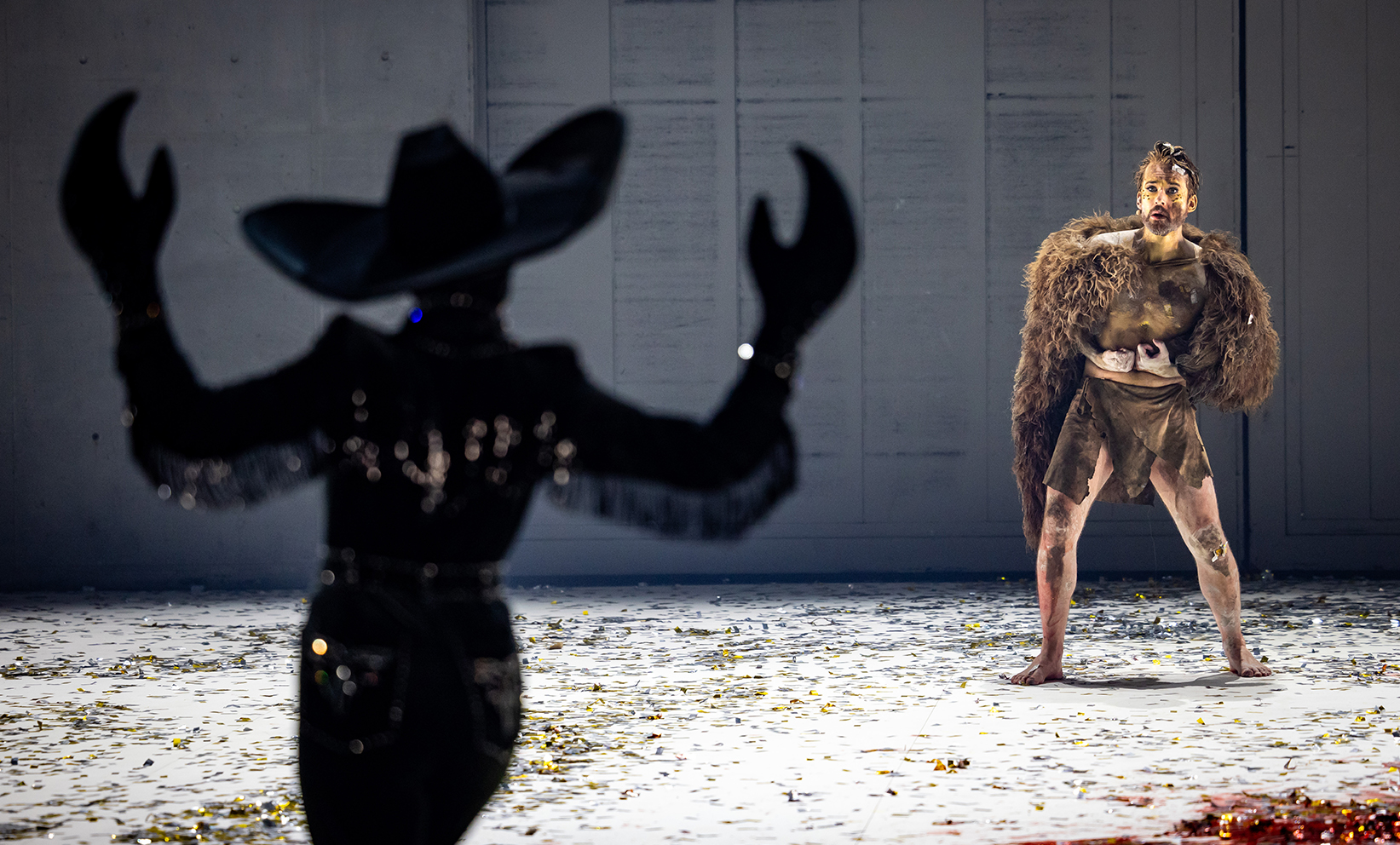
However, it wasn’t until 2021 that I finally set some text that Louis had adapted from the Epic, for a short song cycle commissioned by Phoenix Central Park. It breaks parts of the Flood narrative into three distinct songs, ending with a very slow ‘vision’: “I saw the face of the earth. There was nothing other than silence. All was turned to clay”. I remember precisely where I was when I found the notes for the phrase ‘I saw the face of the earth’. I was sitting, waiting for a Covid PCR test in Redfern when the simplicity of the gesture and the harmonic implications of this very basic material suddenly turned the key, opening vast tracts of musical territory to me. I instantly became very excited by the idea and somehow knew then how huge portions of the piece would pan out even though they would only be finished years later.
I immediately wrote a set of piano nocturnes and a solo viola sonata – small-scale, personal testing grounds for other Gilgamesh-related ideas. All of these have found their way into the opera, with an entire movement of the viola sonata forming a virtuosic obbligato to the goddess Ishtar’s ill-fated attempted seduction of Gilgamesh in the fifth scene.
The next major determining factor of the musical world of Gilgamesh then came over summer 2021/2022 when I received a commission from the Australian String Quartet (ASQ) for a big new string quartet. I was very deep in the planning and sketching of a lot more of Gilgamesh’s material by then, but it was in a highly volatile state; it didn’t have a fixed instrumentation, duration or form – it was like a kind of inchoate lava, incapable of behaving in a rational way, no matter what I did to it. However, I felt sure its essence was ‘right’ for various scenes, characters, motifs and philosophical/existential ideas I needed to create in the opera.
Conceiving and composing the string quartet naturally fused with many of these remaining Gilgamesh ideas, bringing them into sharp focus, giving them a definite and precise character and affixing them to the colour of a string quartet—specifically the colour of the ASQ itself.
About 90% of the 20-minute string quartet found its way into the opera, spread throughout its duration. There is no chronological link between the unfolding of the quartet and the opera, although the small-scale flow of various sections is maintained in both. After hearing a performance of this piece by the ASQ in Canberra, I conceived an ‘alternate ending’ to it on the train trip back which I also knew would also be the ending of the whole opera, taking this long-conceived material into a barcarole that laps into infinity.
In the quartet, the characters of Ishtar and the half-human, half-animal Enkidu are explored thoroughly, even though the narrative sequences in the opera are totally re-made into an abstract instrumental form.
As soon as I heard the ASQ play the piece in rehearsal, I knew I had found the heart of the soundworld of ‘Gilgamesh’. It was hugely inspiring to experience this material coming vividly to life, and I wrote the rest of the opera with the ASQ’s colour and boundless virtuosity uppermost in my mind.
Writing for the combined forces of Australian String Quartet and Ensemble Offspring has meant that the instrumental lines have gained a complexity and detail quite different from those of an ‘Opera’ orchestra; each scene is focused around specific colours and notes which branch out like an arboreal system to encompass the enormous expressive shifts and character arcs in the Epic. At present, I simply can’t imagine this piece not being played by these people!
Balancing the mechanism and history of the genre (love duet, Triumphal Parade, arias of many kinds) with more extended vocalism, instrumental colour and electronic spatialisation is a fundamental part of the opera’s architecture. The addition of live electronics has allowed for a further layer of transformation: from the human to the fantastical/metahuman/eternal and back. Enkidu’s musical journey in particular begins with non-traditional vocal sound, synthesised with instrumental timbre, before being ‘humanised’ into learned singing. To do this, I have worked with the electronics designer and sound engineer Ben Carey who has realised two of my previous pieces. Ben has an acute understanding of my musical desires and I have written him a ‘part’ that requires him to capture bits of live sung and played music and work his magic to mutate them into sounds that take to a logical, superhuman extreme the organic nature of performance.
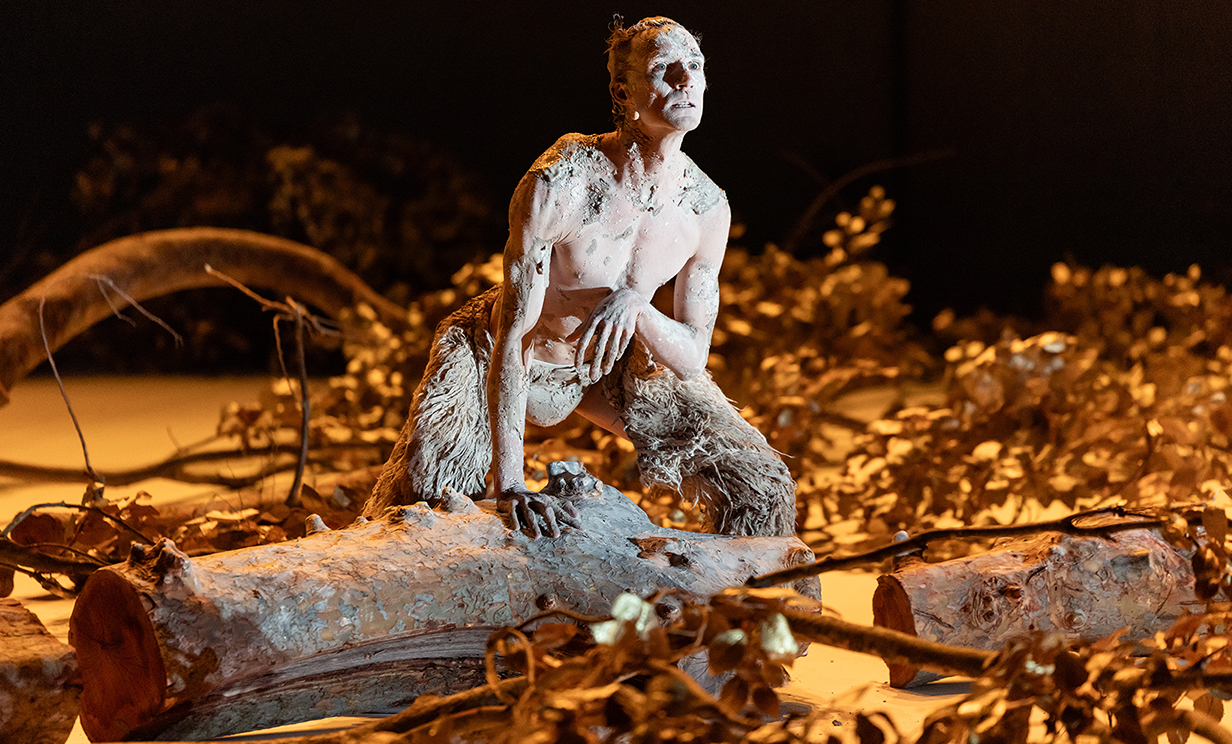
The final and most important factor was writing the roles for singers with whom I’ve worked closely for years. Conducting operas for months at a time with the same performers every day, I have observed close-up the fine grain of various singers’ voices and what they do best. Thus, the musical personalities and expressive proclivities of the five singers who are premiering this opera have been encoded with love and admiration into the fabric of the score.
Mitchell Riley sang the first ever note at SCO in my first opera Notes from Underground (2011) and has returned from his home in France year after year to astonish us all with his near-impossible physical and vocal skills. He was here last for my Voss-inspired solo piece The Shape of the Earth, where he embodied every note and gesture with a true mastery. Our collaboration has meant so much to me; we have genuinely influenced each other through years of working on different pieces, each seemingly more extreme than the last. In composing the character of Enkidu for him, I take him from the most bestial-sounding breaths to a kind of lyricism-by-degrees that marks Enkidu’s journey to humanity. The way Mitch has fused his voice and his bodily expression of it is the gold standard of a fully-realised performer.
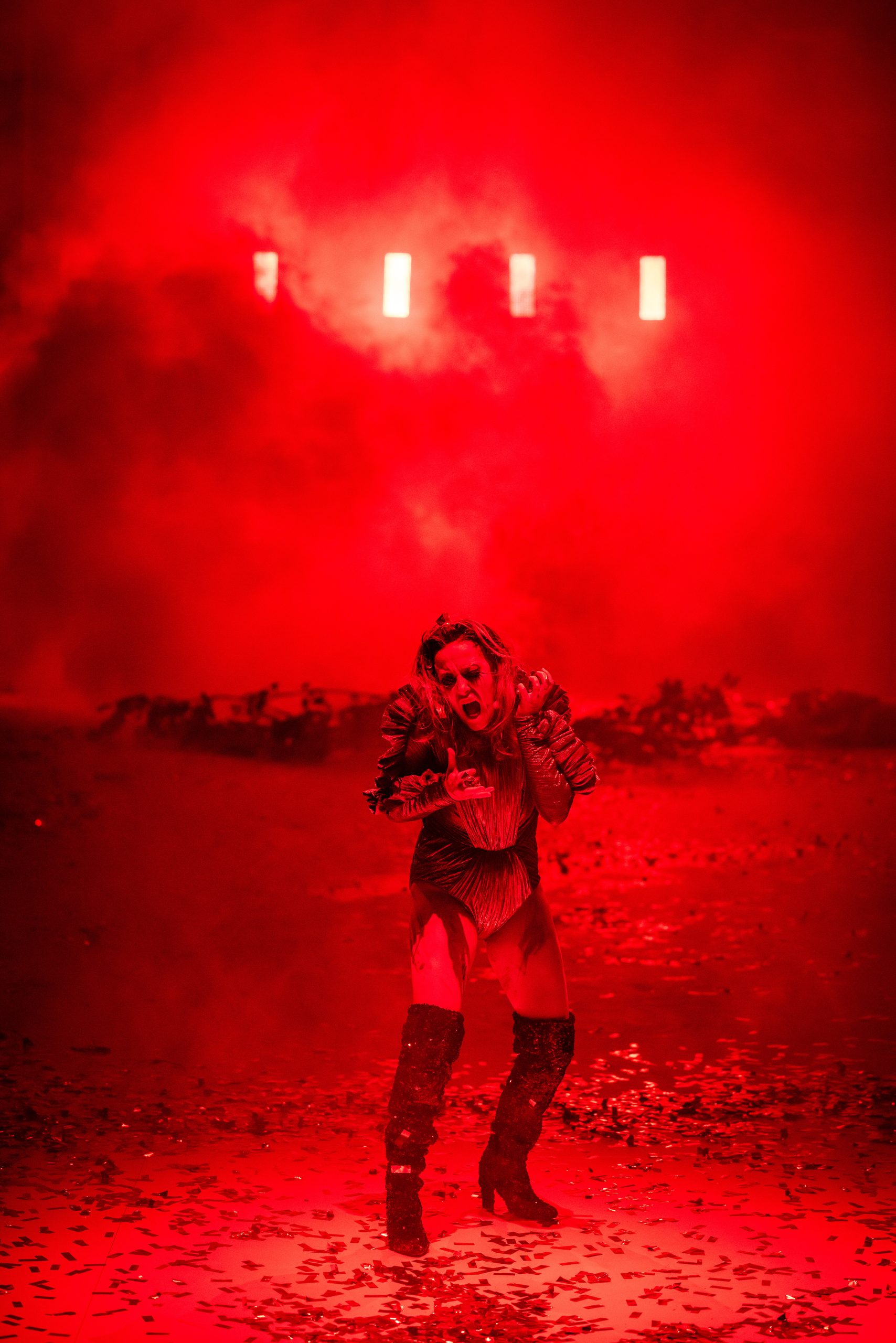
Jane Sheldon has likewise influenced my writing hugely, after working with her closely once she re-made Sydney her home after a decade in New York. From performing haunting one-woman monodramas to leading stratospheric ensemble writing, she personifies everything SCO stands for, and her sheer variety of sound has been in the back of mind for ages to explore in one single piece. In Ishtar’s huge scene which begins Act 2, I have attempted a multifaceted portrait of everything Jane does; the softest, purest, most ethereal writing evolves into earthy, passionate seduction, giving way to what I have termed the ‘Janewail’ in the score: ‘a continuous vocal ribbon of half-singing, half-screaming capable of every dynamic and register in a permanent glissando.’ I asked Jane to come up with a sound that could destroy a city and summon the Bull of Heaven… this is the result!
My close and intense performing relationship with Jessica O'Donoghue is also strongly represented in this score by having her play two utterly different characters. The sensual Shamhat, ‘taming' Enkidu into humanity with the force of her voice and body, and the mysterious Uta-Napishti, an eternal human singing forever on an island, delivering pronouncements about time and eternity. After years of giving up performing opera due its rigidity and ossified allegiance to the past, watching Jess re-find a part of her voice with SCO over the last decade has been a wonder to behold and she has been a close part of the family ever since. These two roles encapsulate everything I love about her singing and commitment to uniting it with physicality and character. Audiences won’t believe these characters all coexist within a single performer on the same evening!
It also happens that Jane and Jess absolutely adore singing together in complex, pristine harmony so it was a no-brainer to include them doing precisely that in the scene where Gilgamesh is confronted by two Scorpions who guard the Mountains of Mashu. But what should a Scorpion sound like? In this opera, they are backed up by a virtuosic percussion part of quickly rubbed-together pieces of Sandpaper (only narrowly avoiding starting a small fire from the friction) and an ‘insectoid wind’ of violins lightly running their fingers over the strings to find a kind of metallic shimmer. These Scorpions sing in strange intervals, as if ‘testing’ Gilgamesh to find the cracks in their harmonic armour.
Although this is Daniel Todd’s first SCO show, I am so pleased to be able to write for a ‘tenor who goes there’, as it were – someone unafraid to tackle the extremities of range, colour and expression with real physical engagement. After we worked on the Captain in Wozzeck, I knew I’d found the missing vocal ingredient of this opera. Creating the role of the monster Humbaba, I have his voice electronically live- processed and distorted, to which he has brought consummate artistry.
Dan is also made a very good point in rehearsal about a part that gave me immodest pleasure to compose – in the third scene, two Courtiers praise Gilgamesh over and over, demonstrating his tyrannical rule over the city of Uruk. They sing an invented ‘National Anthem of Uruk’, which acts as a giant chaconne throughout a long and complex scene, as if no part of the city can escape the grip of Gilgamesh-as-dictator. The National Anthem itself is founded upon a 12-note bass line, yet is entirely, almost garishly tonal on top. The result is a melody that is very difficult to sing and, as Dan pointed out, quite the opposite of the purpose of a national anthem which is meant to be able to be sung by the majority of the populace! The built-in strain of these poor Courtiers to ‘keep up’ with the shifting harmonic landscape has been most enjoyable to watch taking shape in rehearsal.
Last but certainly not least, Jeremy Kleeman, who plays Gilgamesh himself, is simply one of my favourite young singers in the world, and although this is ‘only’ his third SCO show, he already feels like one of our own in every artistic way. In this enormous role, I have tried to explore every facet of his voice, from its uncannily accurate and clear bass end to its resonant and plangent top. I knew that I needed the love duet between Gilgamesh and Enkidu to end on a unison note that was the ‘sweet spot’ of both their ranges: from my experience of Jeremy and Mitch, this note was middle C#, and I built the entirety of the fourth scene backwards from this moment of vocal harmoniousness. Gilgamesh has three big arias throughout the opera, each of which takes him further and further into vulnerability and break-down. A love song, a song of loss, and a song of failure. Knowing this, I plotted the topography of Jeremy’s voice and sent him on a journey that he alone could make. What he brings to his role absolutely floors me every time I hear him sing it.
Writing a large piece in such a specific manner has allowed me to push every one of the 16 performers on stage to their characteristic limits, and open myself up to explore all the things I love about music itself in one single work.
To shape air into sound, to propel sound into time, and to use the resulting music to interrogate life. These are any composer’s reasons for creating, and Gilgamesh has consumed and distilled years of thought into a vast, complex, impossible and human journey.
© 2020 Sydney Chamber Opera | Site designed & built by Anderson Chang
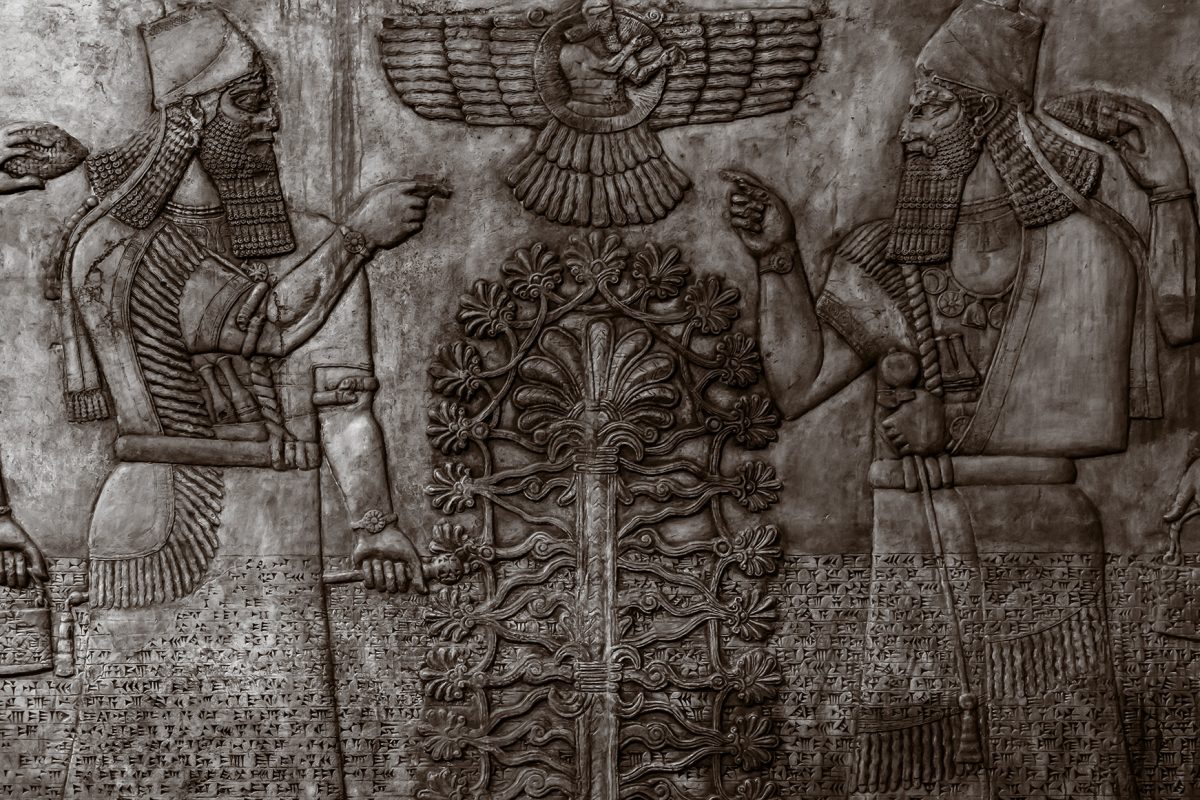
By Louis Garrick
Once upon a time, opera was a jewel in the cultural crown. For a certain echelon, opening nights were the hottest ticket in town. The divas were international celebrities and opera composers amongst the most revered artists of their time. When they built a new opera house, it couldn’t just be any old barn—it had to be an architectural masterpiece for the entire world to behold.
Those days are long gone. Over the past couple of decades, there’s been a tectonic shift in interest away from the classical arts, especially for younger generations. Once held up as an emblem of collective cultural achievement, opera is now considered, at best, an archaic curio, at worst, a symbol of something many Australians instinctively detest: elitism.
Make no mistake: opera is in crisis. The core audience of people who are genuinely interested in the art form, not just tourists and those dropping in for a special occasion, is vanishing. Costs remain enormous with orchestras and choruses to pay for and, with inflation, it’s not getting any cheaper. None of this is new, but the pandemic ripped the whole thing open. Governments, which had to bail opera companies out and continue to pick up half the bill, have been actively asking the question: should we really be funding something that appears relevant only to the privileged? Some have already made up their mind: look at what’s happened to the English National Opera and, now, even Berlin’s fabled Komische Oper faces an existential threat.
It’s not just the air of exclusivity that puts people off. It’s the operas themselves. A heroine, torn between two men, finds no solution but to throw herself off a bridge. A heroine, dominated by her controlling father, goes crackers. A heroine, having fled from an abusive lover, is punished for it by murder. Catch my drift? Even a seemingly immortal classic like Mozart’s Così fan tutte—loosely translated as “chicks be like”—is beginning to look like a creaky old thing whose place on the contemporary stage is dubious. And the usual retort, “Oh, but the music is so beautiful,” doesn’t really cut it with today’s audiences, who don’t care enough for classical music to excuse the oh dear factor.
Opera must change—and is being forced to. No one knows what the opera landscape of the future looks like, but it will probably involve a doubling down on what the Germans call alte Kamellen—old camels—like Carmen and Rigoletto, basically because they’re the ones the general public have heard of, plus ever more money-spinners in the form of Broadway musicals and the like, even though purists might not consider them opera at all. That might keep the industry going for now, but what about the art form itself?
One thing we can be certain of is that opera won’t die. Invented more than four hundred years ago, the art form has survived whole epochs; not even the societal and aesthetic convulsions of the twentieth century could knock it over.
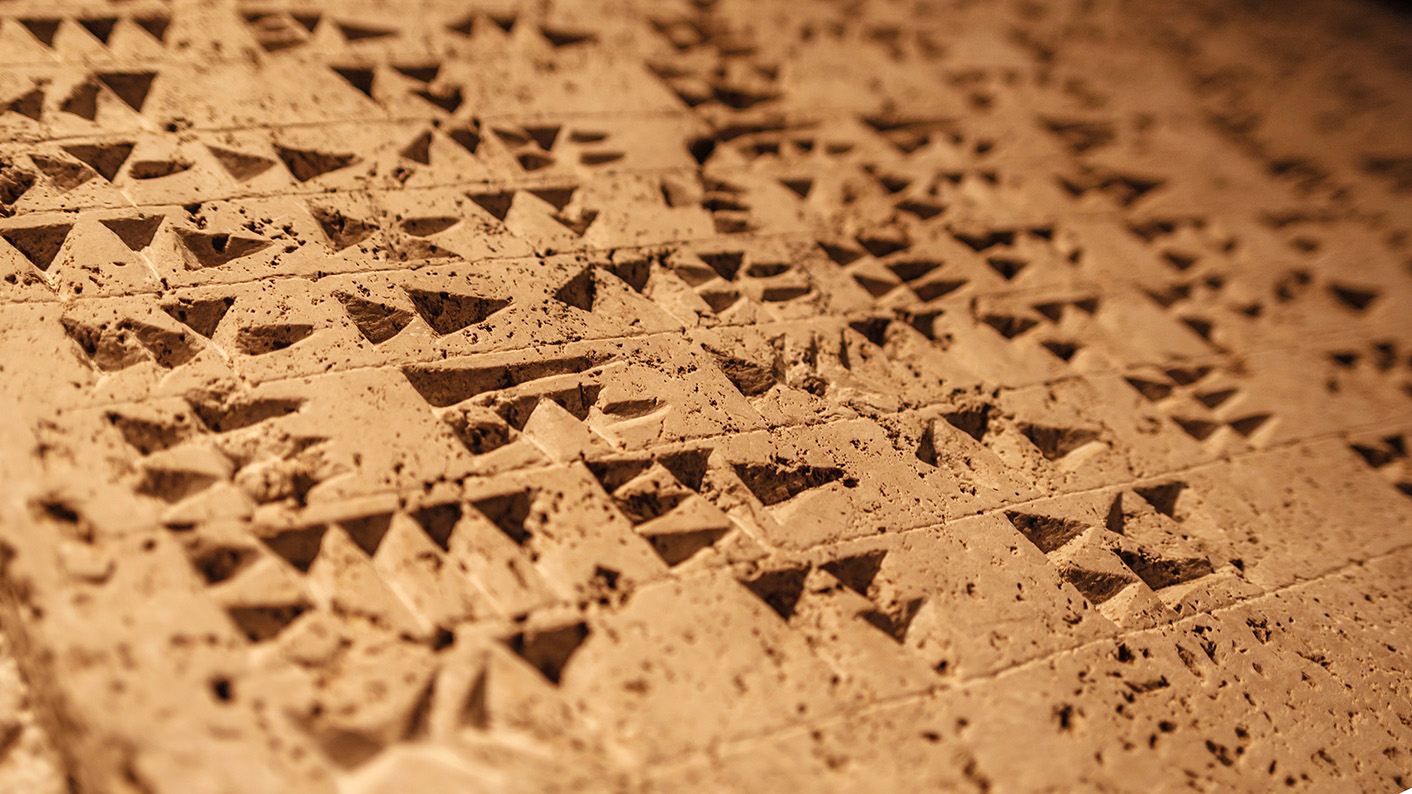
Here’s where Sydney Chamber Opera comes into the picture. Year after year, this small but heroic company puts new operas on the stage, thereby propounding ideas that actually address the fundamental question: what is the opera of tomorrow? And, because its productions are leaner in scale than a traditional grand opera, ticket prices are affordable, making opera accessible to those who don’t want to pay an arm and a leg for an evening at the theatre. Of course, there are different definitions of “accessibility.” SCO makes no bones about dwelling at the pointy end of artistic endeavour—but that’s what makes it special. It is unflinching in its commitment not to entertainment, but to beauty.
One thing we can be certain of is that opera won’t die. Invented more than four hundred years ago, the art form has survived whole epochs; not even the societal and aesthetic convulsions of the twentieth century could knock it over. Not that it hasn’t evolved over the centuries: a Handel opera with its da capo arias is nothing like the Gesamtkunstwerk of Wagner, let alone one of Kaija Saariaho’s recent masterpieces. It’s not one style or the other, it’s the idea of opera that’s durable.
Let’s think about the art form’s beginnings in the Italy of the late Renaissance. As part of the humanist preoccupation with bringing Greek antiquity closer to the centre of intellectual life, opera’s originators set out to revive antique drama and perform it the way they believed it was originally intended: with music. Indeed, much of ancient Greek poetry was sung and performed either by wandering bards or to the accompaniment of a lyre, hence the term “lyric poetry.” The kernel of opera—that citizens come together in a place where, like gods, they can watch on as mortals expose their best and worst instincts and act out their—our—most passionate behaviours in a performance involving language, music and all the expressive possibilities of the human body—goes back thousands of years. Coming as it does from the roots of Western culture, it is an idea that will always be relevant.
We don’t know what ancient Greek music sounded like. That’s why the early opera composers couched these timeless stories, of Orpheus, of Odysseus, of Medea, in the music of their time. And this is exactly what we are doing in Gilgamesh. No, it’s not Greek. The originators of opera also turned their quills to Biblical, Roman and other historical subjects, much like the painters and other artists of the same era. Given that the Epic of Gilgamesh is an antecedent to the epics of Homer, had they known about it—the clay tablets on which it is engraved were lost until the nineteenth century—they might well have composed a Gilgamesh opera themselves.
Like those Renaissance pioneers, we, in making Gilgamesh, are collectively scouring what remains of the cradle of civilisation in search of clues as to what is truly universal. We ask: who are we? What does it mean to be human? We commune with those who have come before us. We listen. We learn. We swap notes. We certainly don’t always agree: thank heavens we don’t live in a society where, for example, women are literally the property of men, as was mostly the case in ancient Mesopotamia. The Assyrians also thought the sun was a god, and didn’t know where it went at night. But, for every feature of Gilgamesh’s world that isn’t recognisable to us, there’s something that is. There’s brutal questing for power, reflection on humanity’s relationship with nature, an obsession with the twin mysteries of sex and death. Moreover, the characters are driven by primary emotions like ambition, jealousy, vengeance, fear, grief and, of course, desire—is that not the stuff of opera? Is that not the stuff of human life?
It’s important to understand that we are not archeologists attempting to decode the beliefs and ways of an extinct people. We read what’s written on those clay tablets with contemporary eyes. Certain elements jump out at us that might not have for past generations, like Gilgamesh’s apparent homosexuality, while other aspects that have previously been dwelt upon, such as Gilgamesh’s spiritual struggle with mortality, recede somewhat into the background. What we’ve done is subjective. It’s a take, not a study.
We are also artists, not museum curators. We tell Gilgamesh’s story in our own words—that is to say, with utterly contemporary musical and theatrical language which makes the most of what Sydney Chamber Opera’s virtuoso performers have to offer (with some cutting-edge electronics thrown in), all refracted through the prism of contemporary queerness. Despite being based on the oldest written story in existence, Gilgamesh is absolutely a work of our times in that sense. But don’t worry, folks. It’s still very much a capital-O opera, with frocks, a triumphal march, a diva that makes a stunning entrance, a love duet, a tragic death scene and—believe it or not—a couple of tunes.
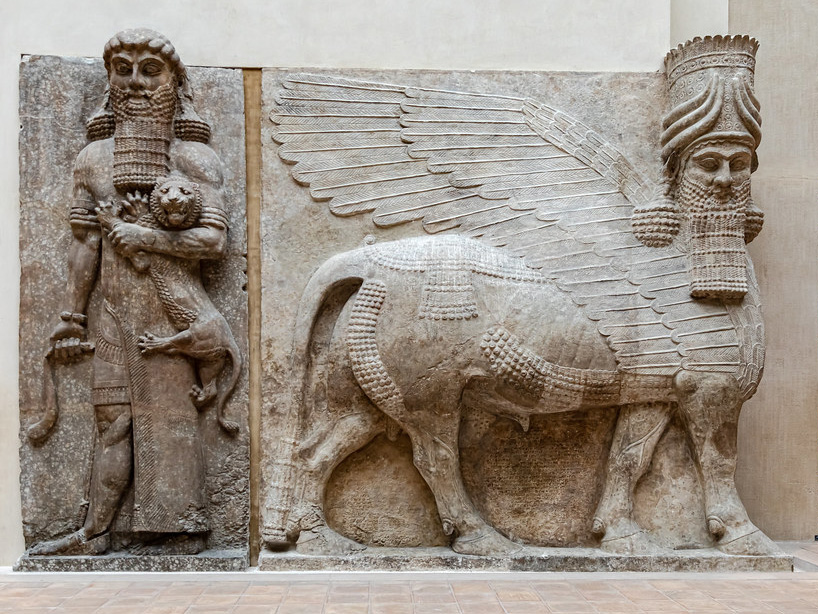
Now, what I was actually asked to write about was how I wrote the libretto. How, indeed, does one turn a long, highly episodic and very strangely proportioned poem that has a zillion characters and locations as well as whole chunks missing into a coherent piece of lyric theatre? Here goes. After reading the Epic in several different versions—Andrew George’s authoritative translation into English being the most pertinent—I sat down with the composer, Jack Symonds, and discussed the big picture: what does this mean to us and what do we want to say about it? I then set about grasping the emotional shape of the story, which guided me in decisions about what to keep and what to jettison from the sprawling text. Out of this came an embryonic structure from which, following a phase of learning about the historical context and further deliberation with Jack and others, I sketched the eight scenes that make up the opera. Here I must acknowledge the Berlin-based thinker and writer Jakub Stańczyk, who was an invaluable sounding board at this early point in the work’s development.
While writing, I always had several questions on my mind. What might the authors of the Epic have meant? How would the average millennial interpret what they wrote? How can this work on stage? Who will be singing this and how can I lean into their strengths as a performer? Most important of all, will these words and forms inspire the composer? On this point, I’m fortunate to have a background in music. It meant I knew exactly what tools were at my disposal: arias, recitatives, duets, choruses, and so on. And, during my time as artistic director of Sydney Chamber Opera between 2010 and 2015, I developed strong instincts for when and how to deploy them.
Out of this a draft came into existence. Writers and readers may be interested to know how many of the words are “mine” and how many come from the tablets via translations. The answer isn’t straightforward. As there’s little conventional dialogue in the Epic, many, many lines and several whole scenes are my own invention. On the other hand, I borrow a lot of specific phrases and imagery from the tablets, such as the suggestive description of Gilgamesh loving the half-man, half-beast Enkidu “like a wife,” and pretty much the entirety of the love-goddess Ishar’s song of seduction is zhuzhed-up version of what appears in the Andrew George translation. I mean, she tries to convince Gilgamesh to sleep with her by promising that all his goats will bear triplets if he does. How could I ever cut that? If I had to put a number on it, I’d say it’s 75% my own words—whatever that even means.
Then I sent the draft to Jack. After some back and forth as well as significant input from the director, Kip Williams, my work was done. Aspiring librettists take note: the words come first, then the music. And one of the peculiar features of writing an opera is that because music takes so long to compose, the text has to be completed many months or even years before anyone steps foot in a rehearsal room, with very little wriggle room for editing after the fact. There was a moment when I was having second thoughts about a scene which was supposed to be finished. I asked Jack, who had already written the music, “can we change this?” The answer recalled a hissing female cat fiercely protecting her young with tooth and claw. Luckily, we reached a happy compromise. As Barrie Kosky says, one must embrace the messiness of the process—and I can’t emphasise enough that while I had my own job to do making a blueprint for the team to work off, what the audience will experience is the result of a deeply collaborative chain of activity.
And that’s the nuts and bolts of it. Though, for my money, what really matters is not exactly how Gilgamesh was made, rather the spirit of the project—and the work produced. I’m put in mind of something the legendary American opera director Peter Sellars once said to a very youthful Jack and I between rehearsals of the Oedipus Rex he’d brought to the Sydney Festival years ago. “Our job as artists is simple,” he said. “See what’s not there, then put it there.”
Berlin, 2024
© 2020 Sydney Chamber Opera | Site designed & built by Anderson Chang
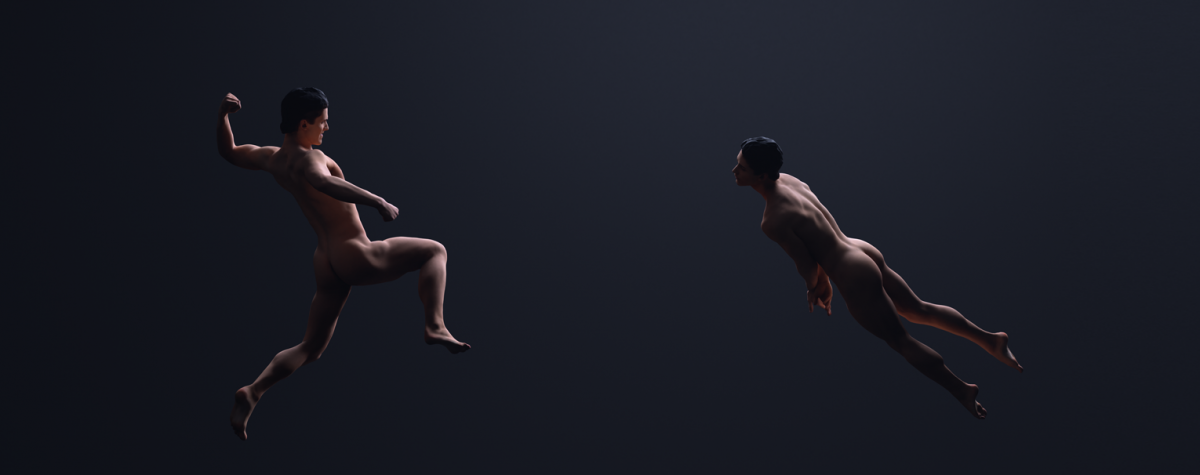
Awakening Shadow‘s Director talks about making innovative stage work.
1. How do you approach conceiving a staging for a production consisting of works by two composers where none of the material is conventionally operatic or dramatic?
We made the decision quite early on that we wouldn’t try to turn this into an ‘opera’ in a more conventional sense, by which I mean a “story” with “characters”.
Benjamin Britten’s five Canticles were not intended to be staged together in that way, and what was clear to me was that the themes, ideas and poetry are what create the dramatic arc of the work. As a creative team, we leaned into the historical form of the ‘Canticle’, and committed to an exploration of belief, passion and ritual. We talked a lot about Britten’s own relationship to faith and how that evolved through his music over his life – and from that we developed a loose arc of storytelling.
We then turned to the material that Luke Styles has composed to intersect Britten’s Canticles. Whilst Luke’s work is a direct response, it operates on a different textural plane. We were most struck by Luke’s exploration of the themes of light and dark, and the failure of language to communicate. Luke’s work uses all three singers from the Canticles and adds a soprano (Jane Sheldon), so we talked about the idea of a ‘chorus’ and how that might operate.
Whilst all this material is not conventionally dramatic in the way an ‘opera’ is (with stories and characters etc), there are indeed characters that emerge in the Britten even if only for the duration of one canticle (Abraham/Isaac/God/Narcissus/The Magi) – and you can’t really ignore them because they’re so recognisable!
On top of this, there is a kind of narrator (the tenor Brenton Spiteri) who leads us through the work, as well as the ‘chorus’ in Luke’s responses. From these ingredients and through research into Britten’s own evolving relationship with faith we then figured out what each piece was and how it fitted into the whole.
2. What thematic threads do you trace throughout the Britten Canticles and how do you go about realising these visually?
When first approaching the Britten, we listened to and read the text (poetry) again and again. We talked about the distilled quality of the works, how they felt like perfectly conceived miniatures reduced to their most potent form. There was no fat on any of them. What was also impossible to get away from was the religious imagery, and these Biblical/mythical characters or stories that have emerged from the Western canon. Sculpture was, in fact, the form we talked about being closest to representing Britten’s music, because it has the feeling of being a suspended moment captured in time. This led us, in turn, to the film technique of photogrammetry that filmmaker Mike Daly has used to create the visual language of the video work.
The arc of the whole derived mainly from interrogating the text for themes and charting Britten’s complicated relationship with faith over the course of his music and life, as he grappled with his Church’s stance on homosexuality, as well as on war and state- sanctioned violence. Very present in Britten’s art was the male body: love between men, violence and men, and binaries or certainties that moved towards a questioning of both self and belief. Coupled with this is a kind of simultaneous death, or annihilation of old systems and a re-birth to make way for something new – such as represented by the Magi in Canticle IV.
Canticle V, ‘The Death of Saint Narcissus’ always felt so radically different to the other works in tone, and had a kind of anarchic abandon. So we knew that was the end point of the work and that it felt very physically embodied and more performative than the other Canticles for our tenor, Brenton Spiteri. We knew he ended up as a flower in this Canticle – and our end point was the pool of Narcissus, so we reverse- engineered the rest from that point.
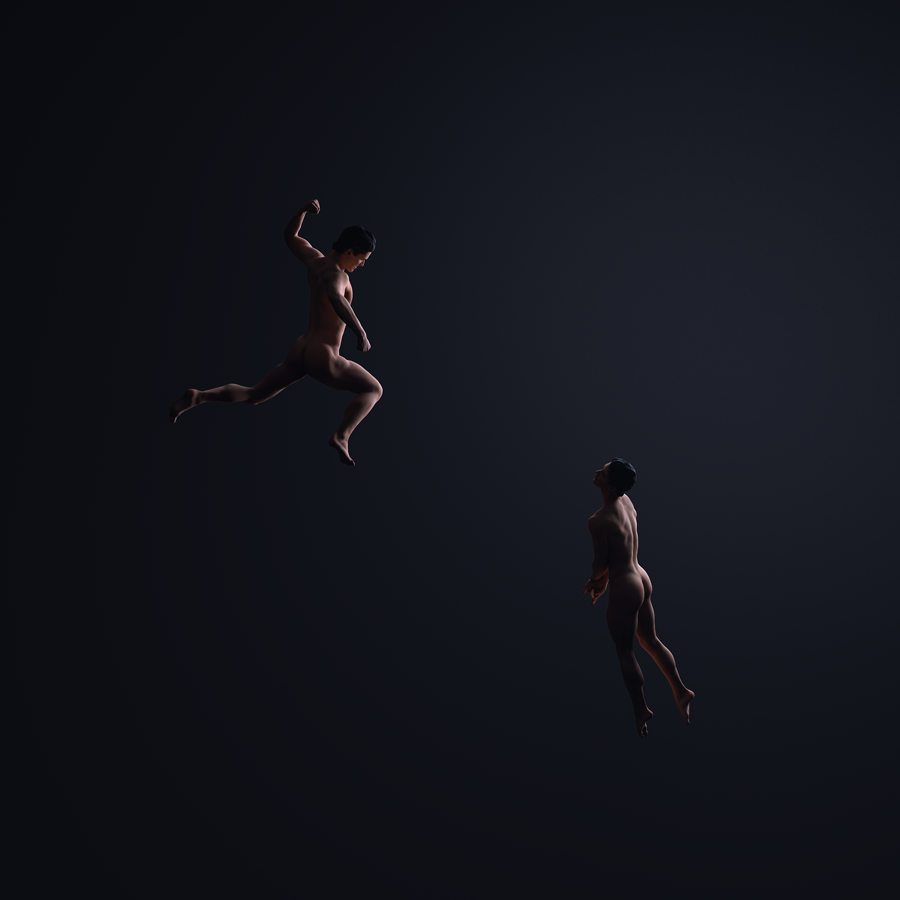
"Very present in Britten's art was the male body: love between men, violence and men, and binaries or certainties that moved towards a questioning of both self and belief. Coupled with this is a kind of simultaneous death, or annihilation of old systems and a re-birth to make way for something new..."
3. What is the process of collaboration with set/costume designer Elizabeth Gadsby, filmmaker Mike Daly and lighting designer Alex Berlage? How do their aesthetics feed into your own vision?
I work very closely with my collaborators and these artists in particular- they all bring ideas to the table and we kick them around for a very long time (even longer this time because this production was delayed by Covid). Over time the ideas seem to evolve of their own accord and finally land somewhat organically – I think because of the sheer amount of discussions that have taken place. Mike Daly and Alex Berlage are both successful directors in their own right so they think about the work very holistically – as does Elizabeth Gadsby. Elizabeth and I in particular would have countless conversations (over a period of years in this case) and by the end I couldn’t honestly say whose idea was whose. The roles of director and designer feel almost arbitrary at this point. I think we just keep interrogating the work and challenging each other’s thinking until we are both satisfied that we have landed on the right idea.
I will also add that the other very significant part of the collaboration is the one that happens in the room with the performers and Jack Symonds the music director – they are also collaborators, because the rehearsal room always yields big discoveries. I’m lucky enough to work with a company, creatives and a group of performers who thrive on that kind of ongoing exploration in the room and are not afraid to make big changes to accommodate the work.
4. How does this production fit into the progression and evolution of your own work?
I do love a good story but much of the work that I have done with Sydney Chamber Opera hasn’t fallen into this category, meaning it’s not plot or character driven. This then requires a different kind of dramaturgy. There is more invention in this kind of work because it could literally take place anywhere and sometimes not even the ‘characters’ are defined.
It then becomes all about who they are and where they are at any given moment – and also how you go about creating meaning! I suppose much of the work I am doing with Sydney Chamber Opera could be categorised as ‘post dramatic’, where story and character aren’t centralised the way they might be in a traditional story.
In post- dramatic work there is more imposition from the creative team, it’s more auteur- driven and less ‘writer- driven’.
Consequently, there is a lot of work done with the creative team in the pre-production phase where we sit and talk about what holds the storytelling at any given moment: is it light, gesture, performers, video? I find it much harder working in this way – it’s more exposing because everything is an act of invention, and it’s hard to tell whether it will work until tech week. However, I find this kind of work pretty exciting!
© 2020 Sydney Chamber Opera | Site designed & built by Anderson Chang
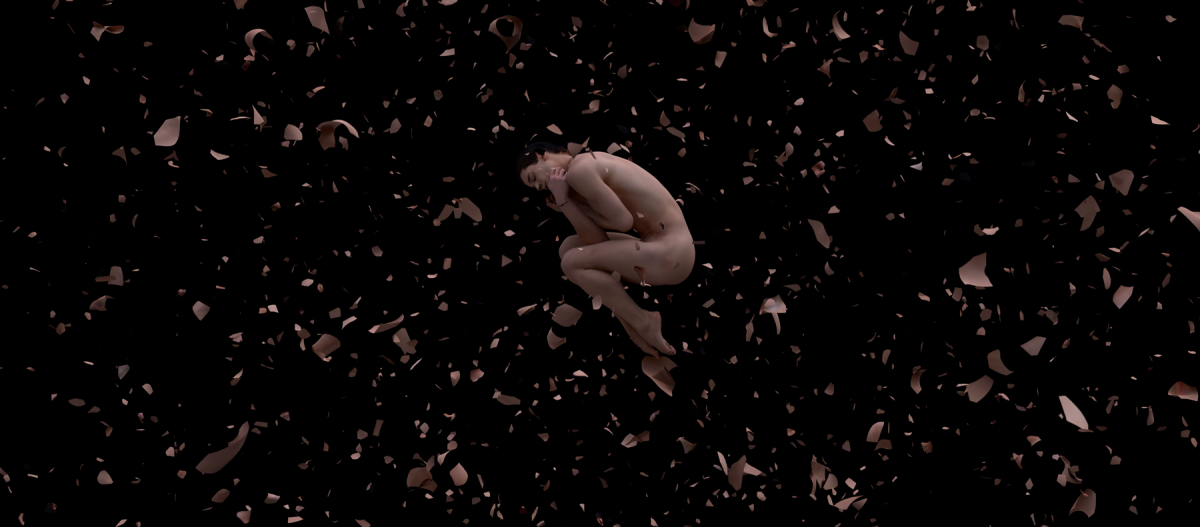
How do you compose responses to Britten’s Canticles?
1. As a composer, what is your relationship to the music of Britten?
I feel very close to Britten’s operatic and vocal music. I find his word setting superb and would hold Britten up alongside Purcell as the two composers in English whose word setting feels both completely natural and a seamless part of their original compositional voices.
In both his operas and vocal music Britten’s sense of drama and pacing are exemplary and are aspects of his music I am regularly learning from. He is a composer who understands the theatre.
I do wonder what would have developed out of his musical imagination had he studied with Alban Berg as was his plan at one stage. Would he have developed more radical harmonic and rhythmic aspects to his music? There are flashes of this potential Britten in works like Phaedra and the opera Death in Venice, but perhaps it is in his contemporary Tippett that the rhythmic and harmonic elements of music are more strikingly modern.
2. How did you approach the task of creating a work that both responds to Britten’s as well as standing on its own musically?
This was the biggest challenge of the commission and underpins the whole dramatic concept of the opera. In Awakening Shadow I took the decision that my scenes would create a separate musical world to the Britten, they would offer a clear musical break and hence make the scene structure of the work very clear. My scenes use non-pitched vocal sounds, they are at a different tempo from the Canticles that precede each scene, they are scored differently and (especially in the first three of my scenes) their melodic lines are fragmented.
What links my scenes to Britten’s Canticles are snippets of melody, rhythm and harmony which are snatched, out of context, and transformed in my scenes, simultaneously creating a musical link to the Britten but finding a new context for this material. The biggest link though between myself and Britten’s Canticles is through the adoption of the dramatic/conceptual themes in the Canticles and giving these my own treatment. These themes range from lightness and darkness, religion and faith, the environment and mutability. I play with these themes (which are within the Canticles) to transition between each Canticle and to change the perspective on the themes from how Britten explores them.
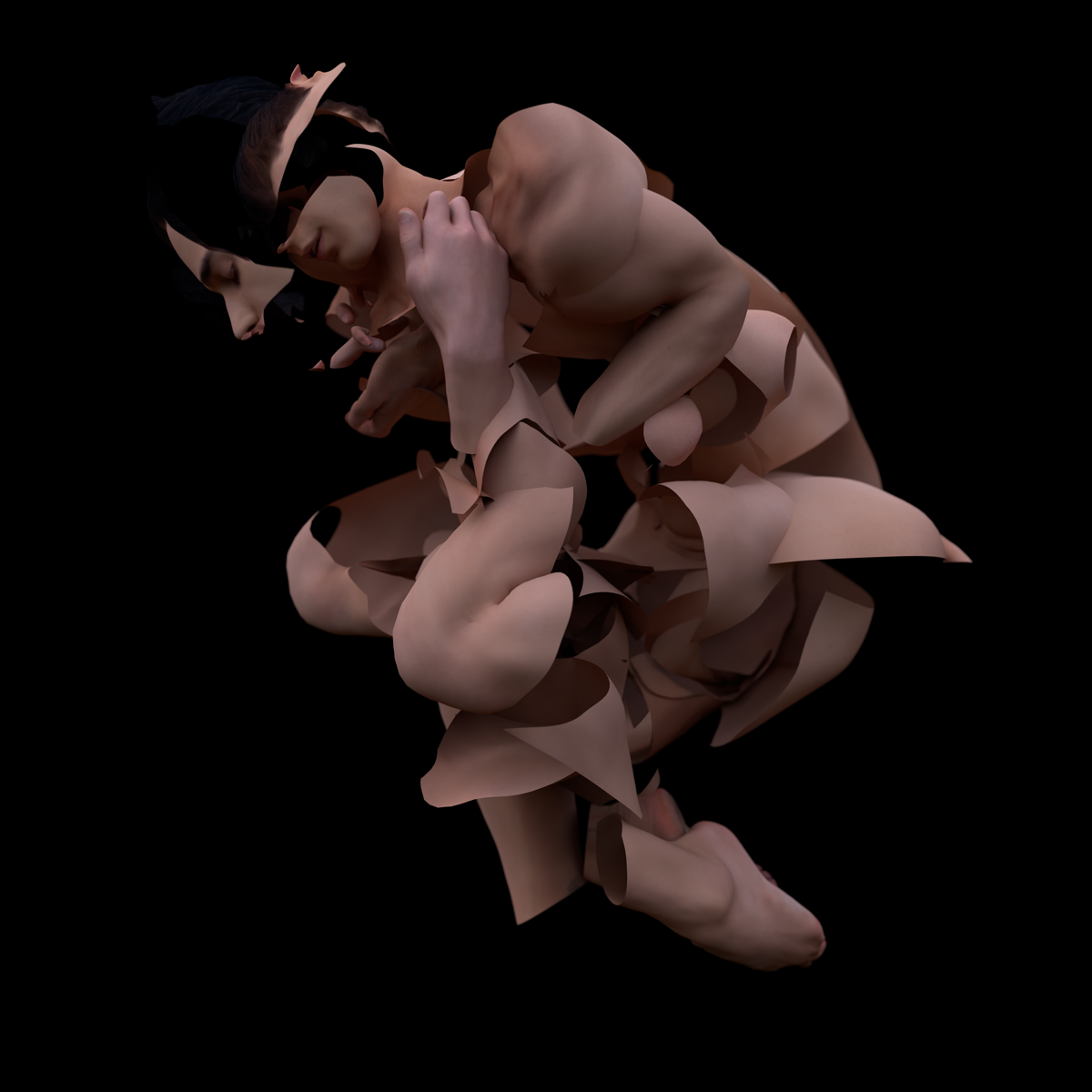
"The biggest link though between myself and Britten’s Canticles is through the adoption of the dramatic/conceptual themes in the Canticles and giving these my own treatment. These themes range from lightness and darkness, religion and faith, the environment and mutability."
3. You’ve added a soprano and a violin to Britten’s total instrumentation. How have you treated the resulting vocal/ instrumental octet?
The total ensemble moves in an arch away from and back to its full grouping. Along the way the voices come together in duos and solos with one voice in particular, the Soprano, having a heightened dramatic role in my scenes, brought about by its absence in the Britten Canticles. This reaches its apex in the scene of mine titled Nova Stella.
The violin is the only instrument that doesn’t get a solo in the opera, but I have tried to insert soloistic moments for the violin into a number of my scenes, most predominantly in the very opening scene of the opera. It is my gesture towards balancing the violin’s absence in the Britten and to give it a dramatic capacity to suggest something different, or something new in my scenes, just like the soprano voice.
4. How does this piece sit in your own development as a composer? What was it like returning to it in quite a radical revision from its original conception?
This is my most recent opera to be performed (I currently have new opera projects in development, which are again quite different from this opera) and it is my only opera that has its starting point in one of my earliest operas, Wakening Shadow. Because of this, it represents very current musical interests of mine in how I am writing for voices and the creation of abstract drama in an operatic space. Most of my other operas are more traditional in their narrative function whereas throughout my career I have been creating dance, circus and movement works that are more abstract theatre. Awakening Shadow is an expression of this more abstract form of storytelling within the frame of an opera.
I felt a real freedom to approach Awakening Shadow in this way because it involved going back to my earlier opera Wakening Shadow as a departure point, rather than starting completely afresh. I looked at the earlier opera and decided I needed to be more radical in my relationship to the Britten Canticles and exploration of themes and I needed to both find new text and a new musical approach to allow me to do this.
It feels right to have created an opera that sits in almost the same orchestration as the Britten Canticles and by doing this my scenes and the Canticles feel like they have been created in the same spirit as they fuse together on their own dramatic/musical journey.
© 2020 Sydney Chamber Opera | Site designed & built by Anderson Chang
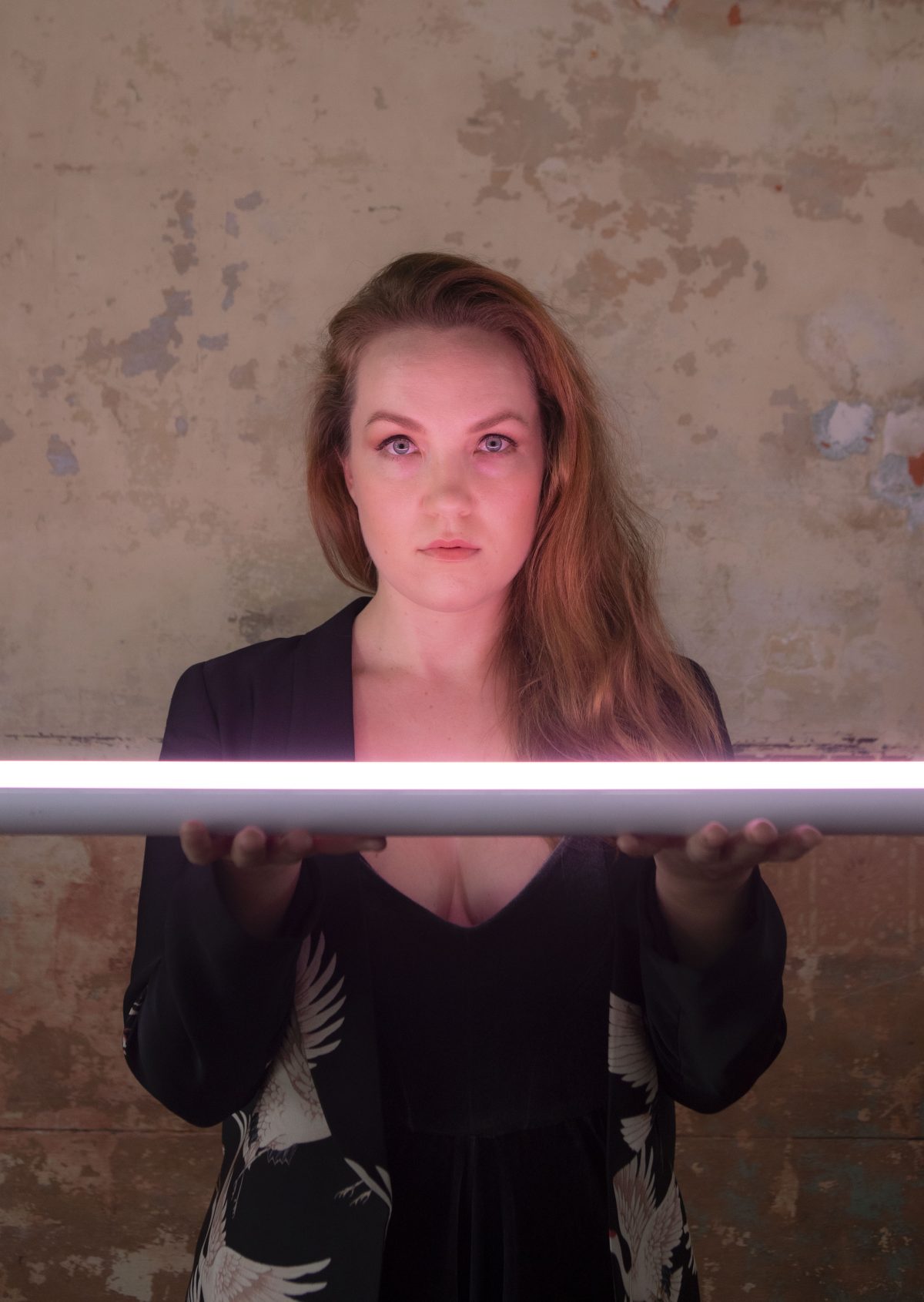
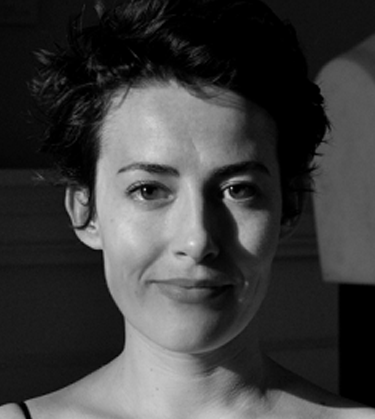
Jane Sheldon is an Australian-American soprano and composer. Praised by the New York Times for singing “sublimely”, the Sydney Morning Herald for “a brilliant tour de force”, and The Washington Post for “a stunning performance”, Jane has established an international reputation for performing highly specialized contemporary chamber opera and art music for voice.
She has appeared with the London Philharmonic Orchestra, Pinchgut Opera, Ekmeles (USA), Talea Ensemble (USA), Sound Icon (USA), Ensemble Offspring, Halcyon, the Australian String Quartet, and Sydney Chamber Opera, where she is an Artistic Associate. She has appeared at numerous international arts festivals including Lincoln Centre Festival, Jerusalem Sacred Music Festival, Prototype Festival, Huddersfield Contemporary Music Festival, and Sydney Festival. Described as “riveting” (New York Times) and “gripping” (Limelight Magazine), Jane’s compositions focus on the body in altered or transformative states.
She is a 2021 Artist in Residence at the Sydney Observatory with Imara Savage and Elizabeth Gadsby.
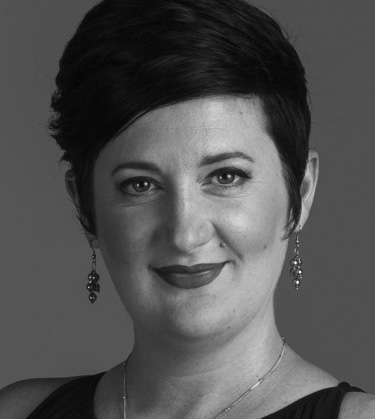
Anna Fraser has gained a reputation as a versatile soprano specialising predominantly in the interpretation of early and contemporary repertoire. Anna has had the pleasure of performing in a myriad of traditional and exploratory programming expertly demonstrating the versatility and virtuosity of a cappella singing. Anna is a graduate of the Sydney Conservatorium of Music and New England Conservatory (Boston) and furthered her studies in the Britten-Pears Young Artist Program featuring as a soloist at the Aldeburgh Festival (UK) under the direction of Richard Egarr and Antony Rolfe-Johnson. Equally at home as a dramatist on the stage presenting opera and historically informed chamber music, Anna is a strong exponent in music education, particularly with Moorambilla Voices, Gondwana Choirs, and NIDA as a guest lecturer.
Anna performs extensively with a number of Australia’s professional ensembles including Pinchgut Opera (since 2004 with notable roles in L’Orfeo, Dardanus, L’Ormindo, Castor et Pollux) and Cantillation, Sydney Chamber Opera (Dusapin’s Passion, Finsterer’s Biographica), Sydney Philharmonia Choirs, Sydney Symphony Orchestra, Ironwood, The Acacia Quartet, Ensemble Offspring, Halcyon, Taikoz; Bach Akadamie Australia, Australian Haydn Ensemble, Salut! Baroque, Sydney Consort and Thoroughbass.
Anna performed as a core ensemble member of the Song Company for over a decade and has collaborated with international ensembles such as period specialists The Wallfisch Band (Bach Unwrapped cantata programmes at Kings Place, London) and the New Zealand String Quartet (Adam Chamber Music Festival, NZ; Canberra International Music Festival).
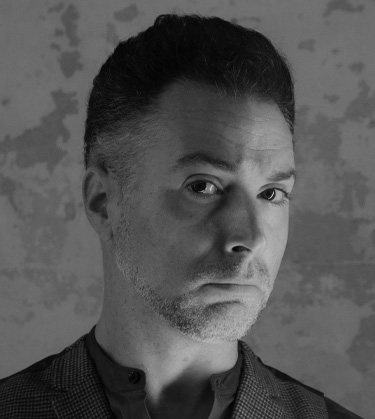
With a career that has spanned 4 continents, 85 operatic roles from the baroque to the newly composed, high respect as a pedagogue, a Helpmann Award nomination and superlative press reviews, Simon Lobelson has established himself as one of the most versatile baritones of his generation. Born in Sydney of Egyptian parents and brought up in Brussels, Simon graduated with distinction from Royal College of Music on scholarship, then studied with Sir Donald McIntyre and has since worked extensively as a soloist in Australia, the Middle East, Asia, the UK and Europe.
Oratorio appearances have included almost all the mainstream oratorio repertoire at venues such as the Sydney Opera House, Queen Elizabeth Hall, St. Johns Smith Square, St. Martin-in-the-Fields, Birmingham Symphony Hall, Sydney Town Hall and with the London Mozart Players, Sydney Symphony Orchestra, Australian Haydn Ensemble, Sydney Philharmonia Choirs, English Chamber Orchestra, Israel Camerata and the Lucerne Festival, under such conductors as Pierre Boulez, Charles Dutoit, Daniel Reuss, Reinbert de Leeuw, Richard Bonynge, Simon Halsey and Paul McCreesh.
Simon has performed with many opera companies including Royal Opera House Covent Garden, English National Opera, Opera Australia, Young Vic, Pinchgut Opera, Sydney Chamber Opera and Canberra International Music Festival, in roles such as Amfortas, Escamillo, Rigoletto, Alberich, Marcello, Ford, Germont, Figaro, Michele and Don Alfonso, under such directors as Jean-Claude Auvray, Patrick Nolan, Ian Judge, John Copley, Bruno Ravella, Melly Still, Cheryl Barker and Jude Kelly. A champion of contemporary music, and creator of copious world premiere operatic roles, his recent performances as the main role in Metamorphosis for Opera Australia attracted outstanding press reviews and a Helpmann Award nomination.
He has recorded for Chandos and ABC Classics and is a vocal professor, lecturer and coach at the Sydney Conservatorium of Music, a judge for the Sydney Eisteddfod and has given masterclasses in Australia and China. He is also completing his doctorate on Vocalism in Contemporary Opera through Sydney University, on a RTP Commonwealth Government Scholarship Award.
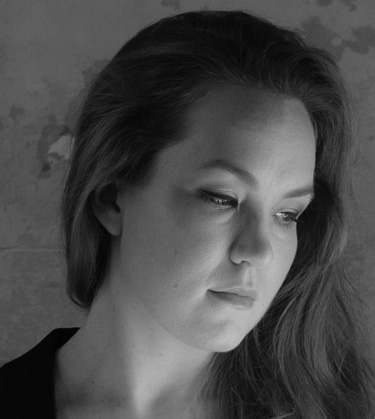
Australian mezzo-soprano Emily Edmonds was a Jette Parker Young Artist at the Royal Opera House, Covent Garden, 2015-2017.
Most recently, Emily recorded the role of L’Enfant for an acclaimed virtual production of Ravel’s L’enfant et les sortilèges, produced by Vopera and the London Philharmonic Orchestra. In 2020, she performed the UK premiere of Venables’ acclaimed Denis & Katya, and toured the piece throughout the UK with Music Theatre Wales.
In November 2019, Emily performed the role of Dorabella in Classical Opera Company’s Così fan tutte, in London. In September 2019, Emily made her US debut, performing Philip Venables’ Denis & Katya for Opera Philadelphia. Earlier in 2019, she sang the title role of L’enfant in Ravel’s L’enfant et les sortilèges at the Komische Oper Berlin. Emily also performed the role of Varvara in Richard Jones’ Olivier award-winning new production of Katya Kabanova, at the Royal Opera House, Covent Garden. In December 2018, Emily appeared as Semira in Pinchgut Opera’s award-winning Australian Premiere of Hasse’s Artaserse. Pinchgut Live label has now released their CD recording of this performance.
In the 2016/17 season, Emily performed the roles of Madrigal Singer (Manon Lescaut), Kate Pinkerton (Madama Butterfly), and Tebaldo (Don Carlo) for the Royal Opera. She also performed the role of Agathe/Dargelos in Glass’ Les Enfants Terribles for the Royal Ballet, at the Barbican. In 2016/17 she covered the roles of Dorabella (Così fan tutte), Magdalene (Die Meistersinger von Nürnberg), and Emilia (Otello) for the Royal Opera.
Her roles in the 2015/16 season included Aglaea/Atropos/Bacchus (Orpheus) at the Sam Wanamaker Playhouse, Shakespeare’s Globe, and Alms Sister (Suor Angelica), Käthchen (Werther), for the Royal Opera. Emily was also one of the six cast members in the world premiere of Philip Venables’ critically acclaimed new opera 4.48 Psychosis at the Lyric Hammersmith.
Emily holds a First Class Honours degree in Vocal Performance from the Sydney Conservatorium of Music. She was the Dame Nellie Melba Scholar and Patrick & Vivian Gordon awardee for the Melba Opera Trust. In 2015, Emily was awarded an Australia Council for the Arts ArtStart grant, in support of her vocal and language development abroad. She is an awardee of the Australian Music Foundation and the Tait Memorial Trust. Emily is also a recipient of the Dame Heather Begg Memorial Award.
Emily’s theatrical training background is extensive and has involved productions, national touring, and comprehensive acting study with the Australian Theatre for Young People, and the Fresh Ink project. Pursuing her passion for theatre-making, she was Staff Director on the revival of Richard Jones’ Der Rosenkavalier in the 2018 Glyndebourne Festival season.
In July 2015 Emily performed the role of Asteria in Pinchgut Opera’s production of Vivaldi’s Bajazet. In 2014 she sang Elgar’s Sea Pictures with the Sydney Symphony Orchestra, as part of the Discovery Series. She also sang the role of Dritte Magd for the SSO’s concert performance of Strauss’s Elektra. In the 2014 Sydney Festival she performed in the Australian premiere of George Benjamin’s Into the Little Hill for Sydney Chamber Opera. She also performed the role of Kate Julian in Britten’s Owen Wingrave, for Sydney Chamber Opera.
© 2020 Sydney Chamber Opera | Site designed & built by Anderson Chang
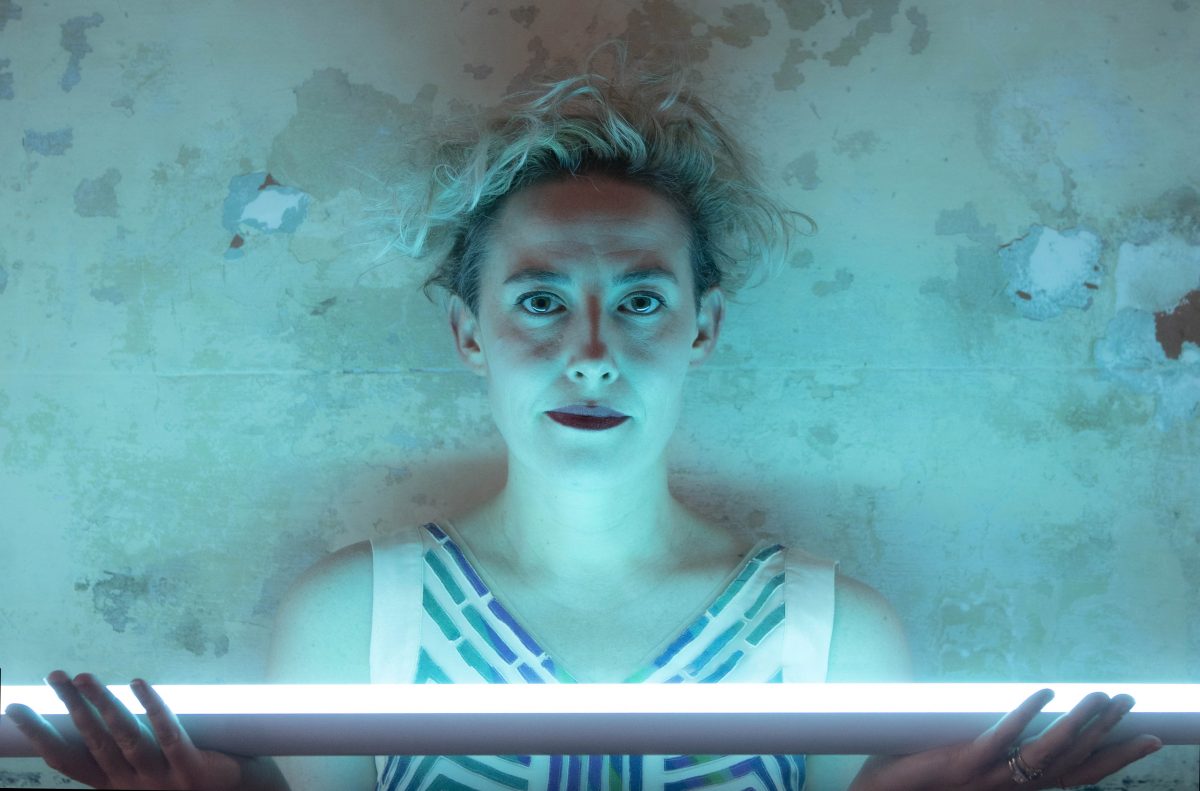
By Jane Sheldon
One of the primary images woven into this month-long song installation is that of the garden, the setting for both Schoenberg’s Das Buch der hängenden Gärten (The Book of the Hanging Gardens), sung by Anna Fraser, and Fauré’s La Chanson d’Ève (The Song of Eve), sung by me. These cycles are old by SCO standards; both were premiered in 1910 (although fragments of the Fauré had been presented earlier.) Both are performed too rarely. Some of the works in our series address us very much from the perspective of the intellect, but in the Fauré and the Schoenberg the body is where everything registers.
In both cycles the garden is intoxicating, all-consuming, but the dispositions of each protagonist couldn’t be more different: Eve awakens in Eden, embarking on a day of sublime discovery, while Schoenberg’s protagonist stumbles through a garden in decay, lovesick and reeling. Both works are sung in the present in a sense; we’re witness to something unfolding in real time for a single psychology. In the Schoenberg we’re in a kind of Babylon, perhaps, and in the Fauré we’re in Eden, but where we really are is in the sensorium of each protagonist. La Chanson d’Ève sets poems by Charles van Lerberghe and it is worth noting how unusual they are. If you hadn’t heard of Adam and wanted a fully-furnished picture of Judeo-Christian cosmology, this cycle is not going to help you; refreshingly, Adam never shows. We only ever hear from Eve, apparently waking in the garden alone, discovering it alone. But it’s not only the care taken over the singularity of Eve’s experience that is special here. It’s also that the experience is one of the garden making itself known to Eve’s body. As in song five, L’aube blanche:
A ray of light touches
The pale flower of my blue eyes;
A flame awakens my mouth,
A breeze awakens my hair.
The music itself is revealed like a garden coming into being, unfolding from incredibly simple elements, single pitches emerging one by one, until we are suddenly aware that we are deep in rich harmony, the garden in full bloom. Eve’s body is foregrounded all the while. We know as early as the third song, Roses ardentes, that Eve has arrived at an ecstatic, sublime conflation of her self with the garden. By song seven, the eroticism of this merging is clear:
Are you awake, my fragrant sun,
Scent of blonde bees,
Do you float across the world,
My sweet scent of honey?
At night, when my steps
Prowl in the silence,
Do you, who perfume my lilacs,
And my vivid roses, proclaim me?
Am I like a bunch of fruit
Hidden in the foliage,
That nothing reveals
But whose fragrance is felt at night?
Does he know, at this hour,
That I am loosening my tresses
And that they are breathing?
Does he sense it on earth?
Does he sense that I reach out my arms,
And that my voice – which he cannot hear –
Is fragrant
With lilies from my valleys?
The ultimate disintegration of self into garden comes at song ten, O mort, poussières d’étoiles, an expression of desire for ecstatic self-annihilation:
…It is into you I want to be absorbed,
To be extinguished and dissolved,
Death, to which my soul aspires!
Come, break me like a flower of foam,
A flower of sun in the crest
Of the waves,
And as if from a golden amphora,
A wine of heavenly fragrance,
Pour my soul
Into your abyss, that it might perfume
The dark earth and the breath of the dead.
In contrast to the sublime ecstasy of the Fauré, Schoenberg’s Das Buch der hängenden Gärten is a dark and beautiful bruise, charting the torments of love in decay, and written at a time of great turmoil in Schoenberg’s marriage. The work was Schoenberg’s first entirely atonal work and it is heady and lush, quite gorgeously sickening at moments; for the protagonist it is a thoroughly arousing sort of pain. I’m going to quote repeatedly from Allen Shawn’s biography, Arnold Schoenberg’s Journey, because it’s a truly wonderful book, terrible title notwithstanding. To borrow a map from Shawn, the songs travel through “vague anticipation (1, 2) and longing (3,4,5) to obsession (6,7,8), frustration (9), reverie (10), brief consummation (11), and finally doomed resignation (12, 13, 14, 15).”
From the final song:
The pond’s glass fades and breaks
And I stumble lost in the rotting grass.
Palms prickle with their spiky fingers.
Crumbling leaves in a sibilant mass
Are driven by invisible hands
Around this Eden’s sallow walls…
What is foregrounded for the most part is not the personage of the beloved, not their features or their actions; rather, what is rendered in extremely fine detail is the slowly rotting garden and its contents, observed by the singer staggering lovesick through meadows of flowers. Through the metaphor of the garden, what is most salient to us is the way that heartbreak tastes, smells, and feels, the oppressive dis-ease of it.
Schoenberg took these fifteen poems from a much larger work by Stefan George, which charts a more explicit storyline, but the composer’s selections leave us only the emotional dimension. Structurally speaking, Stefan George’s poetry is full of classical order, but Schoenberg’s music pays no heed to whatever structural constraints might be found in the poems, somehow concealing the rigidity of meter to reveal the emotional dimension of the poem with greater clarity. On this, Shawn quotes H. H. Stuckenschmidt, another Schoenberg biographer: “George’s strict meters are as it were unmasked by Schoenberg… Schoenberg’s sounds and rhythms shine behind this order and disclose the spiritual organism which lies behind it.”
George’s poems, with their themes of exquisite disorientation, served to support some of Schoenberg’s most radical musical gestures. It is George who lends text to Schoenberg’s second string quartet, in which he announces that he is, before our very ears, going to gently and decisively snip the tether from the spacecraft to send us floating off into free atonality, seeding a musical language for Das Buch der hängenden Gärten and beyond.
© 2020 Sydney Chamber Opera | Site designed & built by Anderson Chang
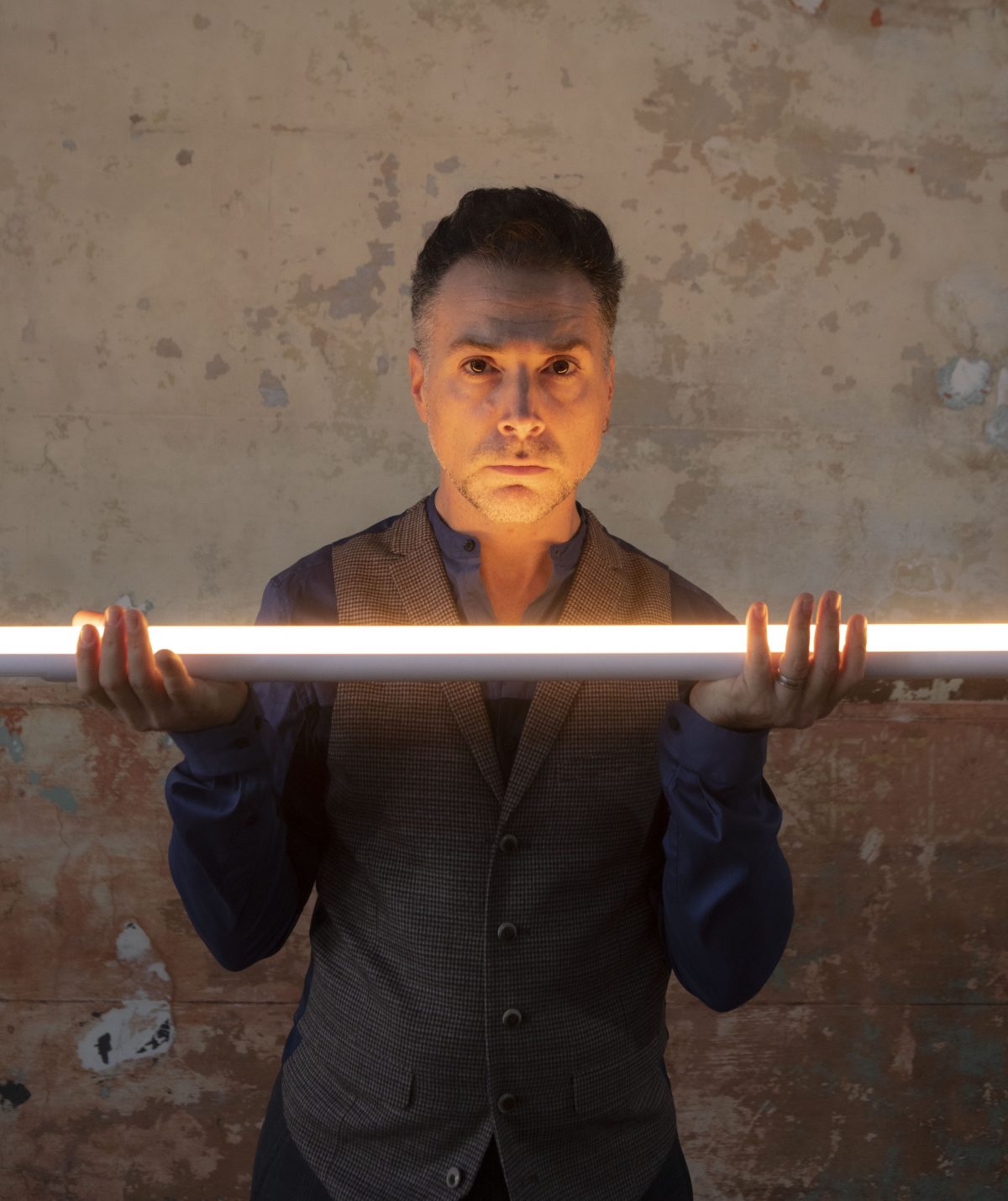
By Jack Symonds
In curating the four hours of voice-and-piano music that make up IN SONG, Jane Sheldon and I hope to shed a bit of light on a body of work we’re fanatically passionate about: modern art song. This pretentious genre title is unfortunate: it smacks of fusty music lectures about, say, German word painting in Schubert (wonderful as it is!), and a certain privileged, intellectual arrogance that seems to bedevil this repertoire. This music is seen as the preserve of the few and inaccessible to the many. “Art” song, indeed. I suppose the title is only useful to mark an arbitrary division with ‘popular’ song – and thereby consign this music to UNpopularity!
However, tarnishing the staggering creative, musical and linguistic achievement of song composers firing on all cylinders with the stain of elitism surely misses the point. Just revel in the outrageous, transcendent level of invention; a riot of musical and poetic colour joined together in ever-surprising ways. Subjects and ideas you never thought you needed to experience through the music-poetry filter pop up where you least expect them. Who knew that Goethe had a thing for types of cloud, and that Pascal Dusapin would, almost 200 years later, find a staggeringly apposite musical language for this strange sidebar in German romantic poetry? This is modern artsong, and it needs no apology.
..."How could this genteel, moustachioed hanger-on from the French Romantic create something so deeply unstable, couched in a world of gently perfumed purity?"
Attempting to navigate a path through this bewildering and diverse musical landscape required some hard choices and inevitable omissions. I am devastated no place could be found for one of the grandest cycles of them all: Hindemith’s Das Marienleben, or one of the sparest and most withering expressions of anything, Shostakovich’s Michelangelo Suite. Henze’s Arabian Songs was likewise left, tragically, on the shelf, though it’s always good to leave oneself somewhere to go in the future…
Now, a little bit of an introduction to the choices we DID end up making.
Fauré and Schoenberg: this early 20th century pair both created visionary ‘gardens’ in their largest and most ambitious song cycles for voice and piano. And how different could they possibly be – on the surface, at least. Playing Fauré’s La chanson d’Ève (1910), I am struck by the hugely challenging paradox of having to maintain a perfectly unbroken surface of self-similar patterns while simultaneously illuminating the truly monumental and startling harmonic universe that whips by at an unpredictable orbit beneath. How could this genteel, moustachioed hanger-on from the French Romantic (whose middle name was indeed ‘Urbain’!) create something so deeply unstable, couched in a world of gently perfumed purity? He has created the rarest thing of all in music: a total and genuine reinvention of all our notions of tonality and consonance without ever puncturing its delicate skin. The performance style is utterly different from Schoenberg’s The Book of the Hanging Gardens (1909), which teeters on the brink between Romanticism and Expressionism, all its suppurating wounds exposed, demanding a constant, passionate representation of its depiction of a world and a language in a state of decadent decay. How could we not put these two great, polar opposite works on the same day and surround them with orbiting satellites from the more than hundred years since their composition?
The path from Schoenberg to the exquisite dodecaphonic miniatures of Luigi Dallapiccola is clear: Dallapiccola was the first Italian composer to embrace Schoenberg’s reinvention of pitch in twelve-tone serialism yet how utterly different from Schoenberg and his students this music sounds! The gossamer threads of these newly minted chords light up Machado’s gnomic reflections on the turning of the seasons, just as Pascal Dusapin’s Wolken on those Goethe poems about clouds seems the most natural aerial extension from Fauré’s rarefied garden.
SCO audiences may remember that we spent a summer with Dusapin in 2016’s Sydney Festival, presenting his large opera Passion and the song-cycle/stage work O Mensch! in the space of a week.
Both these programs have small, impactful cycles by the living master György Kurtág. These abutting opus numbers are spectacular examples of Kurtág’s art of seeming to compress the history of European music into hyper-dense miniatures of only a few minutes. To hear them sung by different singers will hopefully give a rounded view of this frighteningly intense music. These two cycles from the 1980s are like synecdoches for the whole 19th and 20th century art of voice and piano, and it is a joy to reconnect with his music after SCO staged the monumental song cycle …pas à pas – nulle part…. in 2014.
Of course, this being SCO, we couldn’t resist continuing the journey with new works by Australian composers. Along with Fauré, Dusapin and Kurtág, Jane Sheldon will premiere Mary Finsterer’s Nearing Circumpolar, a song cycle based on Mary’s upcoming opera Antarctica. SCO premiered Mary’s first opera Biographica in 2017 (which you can watch here) and has crafted another ‘nature’ work to complement Dusapin and Fauré: a world of ice, white silence and the billions of tiny creatures under the surface of the frozen sea.
Anna Fraser, along with Schoenberg, Dallapiccola, Kurtág and Boulanger will sing David Evans’s In my brain, an extreme and disturbing setting of Emily Dickinson’s classic “I felt a funeral in my brain”. This long single song feels like a cycle, vacillating as it does between mechanistic, brutal and harsh streams of text and warm cushions of velvety tonality that could have brought a smile to a French Romantic’s face. This Dickinson setting is also the ‘apology’ for not including in the series Aaron Copland’s wide-eyed and perfect Dickinson cycle.
Here we find a broader, more philosophical view of subject matter, and wilder swings of style. Simon Lobelson carries a heavy burden delivering both Benjamin Britten’s Songs and Proverbs of William Blake and Wolfgang Rihm’s Vermischter Traum. No survey of modern song cycles could omit Britten and this is perhaps my favourite: dark, late Britten shot through with the agony of existence. Written for Dietrich Fischer-Dieskau, this stern yet remarkably well-contrasted piece attempts to embrace William Blake’s eccentric world vision with chiselled precision, economy and that classic Britten style of text setting where you simply can’t imagine the words being sung any other way. SCO has quite a history with Britten – Owen Wingrave in 2013, The Rape of Lucretia in 2017.
Will there be more this year? Watch this space…
The Rihm is a recent (2017) work by the hugely prolific living German composer and provides a vital link back to the Schoenberg from the previous program as well as casting an expressive net much further back to Schubert, Schumann and Brahms. This piece is about as serious, heavy and German as you can get. When your first line (setting the grumpy Baroque poet Andreas Gryphius) is “What is this life? What are we?” there’s only one way to go, and Rihm takes us straight into the heart of the big questions of life and death, meaning and purpose. This is German art painfully aware of its own history and deeply moving in the music’s acknowledgement that these threads remain unresolved, even in the second decade of the 21st century.
In between these two big works is a treat: Ravel’s Histoires naturelles – pure delight from start to finish – where the traits of four birds and a little cricket are lightly satirised and anthropomorphised to form a surprisingly profound portrait of inter-species folly.
Emily Edmonds will deliver a program rooted in the pleasures and ecstasies of life and religion. If the Rihm and the Britten are existential, doubting works pleading for meaning in a Godless universe, Samuel Barber’s Hermit Songs are the perfect riposte. Ten reflections from anonymous monks in pre-modern monasteries, they contain a cosmic pleasure in the simple acts of praise, worship and solitude from which we could all learn. Barber really rose to the occasion with this glorious cycle, capturing the text with alternately devotional wonder and sparkling joy.
Barber adored the music of Francis Poulenc, who also could not be omitted from a survey of modern song. And Barber wasn’t the only one – it is hard music to resist. The ten minute song cycle Banalités is much, much more than its tongue-in-cheek title suggests. It is, in fact, a kaleidoscopic survey of Poulenc’s art, with each song reflecting a different side of his complex and winning personality. From breezy Parisian interwar insouciance to operatic drama, smoky eroticism and profound introspection, it seems to have it all.
If Poulenc’s sexy setting of the word ‘cigarette’ in “Hôtel” gets you going, then Kaija Saariaho’s Quatre instants (2002) is love-music on another level entirely. This is a 21st century song cycle saturated in the kind of ‘complex pleasure’ at which Saariaho is a true master. Written in the wake of her massively successful opera L’amour de loin and just before La Passion de Simone (which SCO performed in 2019) these four songs are vast in expression and imagination – an ocean of sound for just two performers. They are among the most complex things I’ve ever played – I can sense Saariaho’s imagination working overtime to make the piano into a huge resonating chamber seemingly capable of producing every pitch and rhythm simultaneously! These texts move from pure pleasure through pain and eventually reminiscence, culminating, at the end of more than 20 minutes of pulverising eroticism, in one of the most sheerly gorgeous codas written this century. By rights, here of course should be made mention of Messiaen’s ecstatically loopy Harawi (recently heard locally by The Song Company) which was too long for this program anyway, and the lovesick world of Janáček’s Diary of One Who Disappeared – presented just this January by SCO, staged in Sydney Festival.
Lastly – and one never likes to write too much about one’s own work – I had to pay tribute to both Emily Edmonds’s remarkable voice and the other music I have been thinking about all this time in my own small song cycle Nothing other than silence. A setting of an ecstatic, apocalyptic vision of the Flood myth from an oracle in The Epic of Gilgamesh (re-interpreted by SCO co-founder Louis Garrick) I have simply tried to capture some of the things I love about working with voice and piano: electric intimacy, and the seeming infinity of expression and colour that one can find in just two people on stage.
© 2020 Sydney Chamber Opera | Site designed & built by Anderson Chang